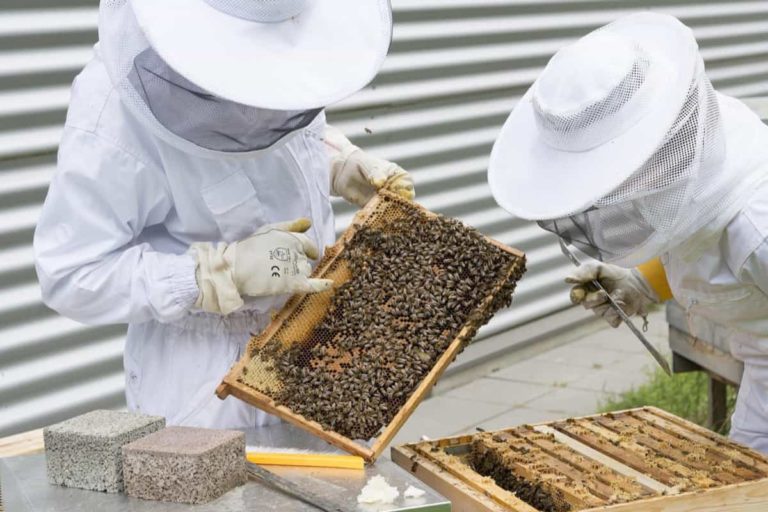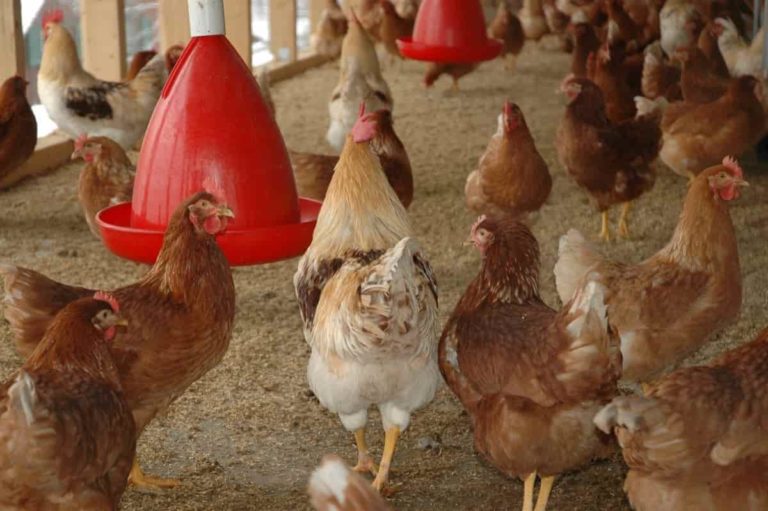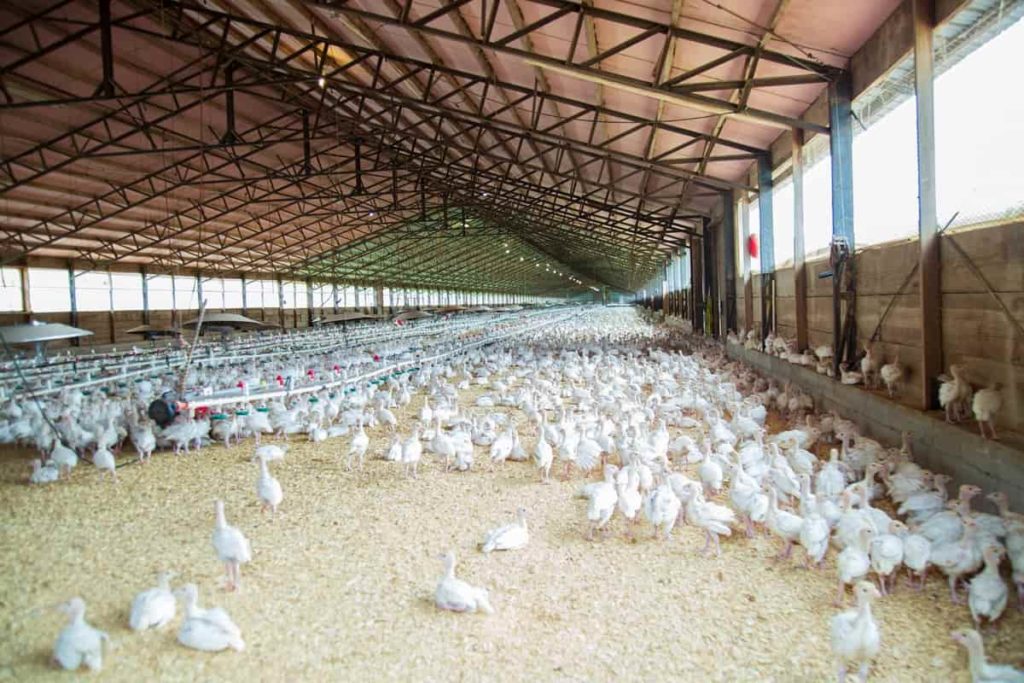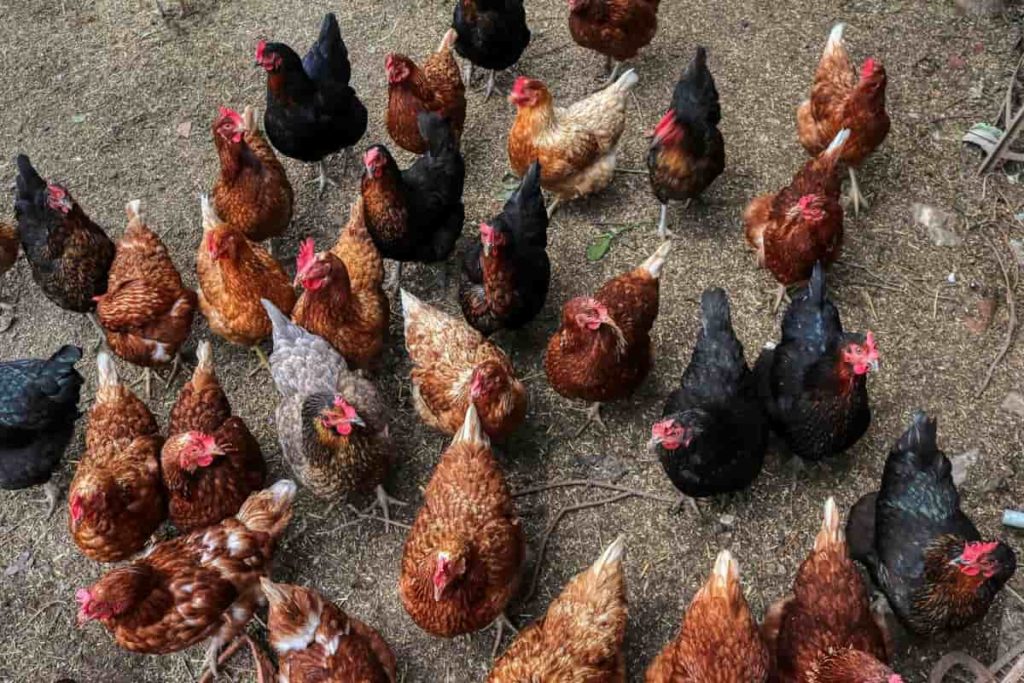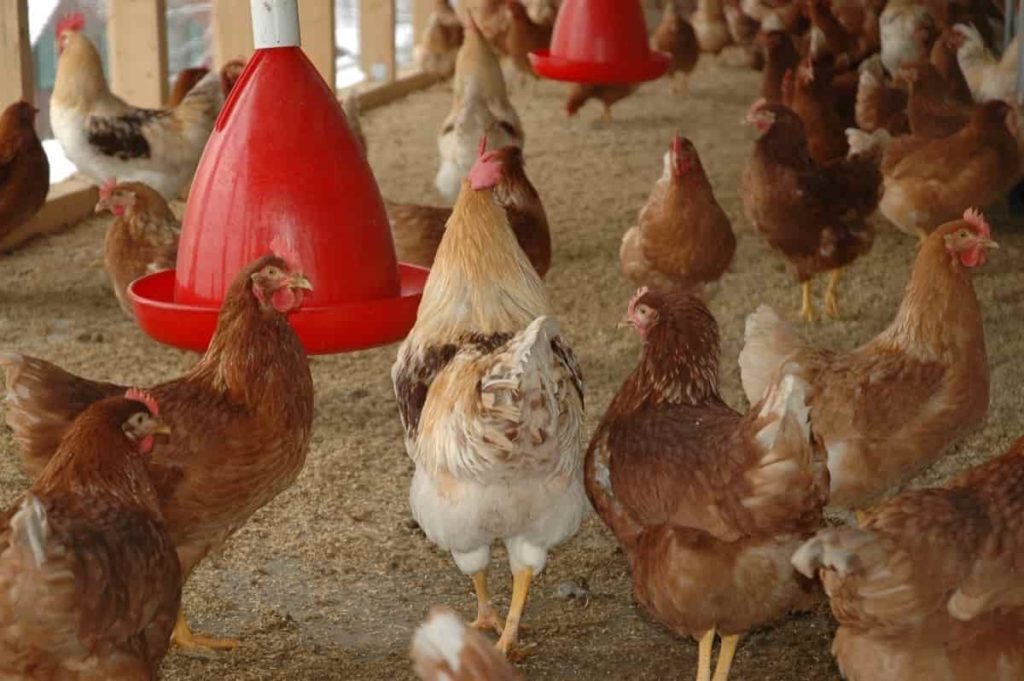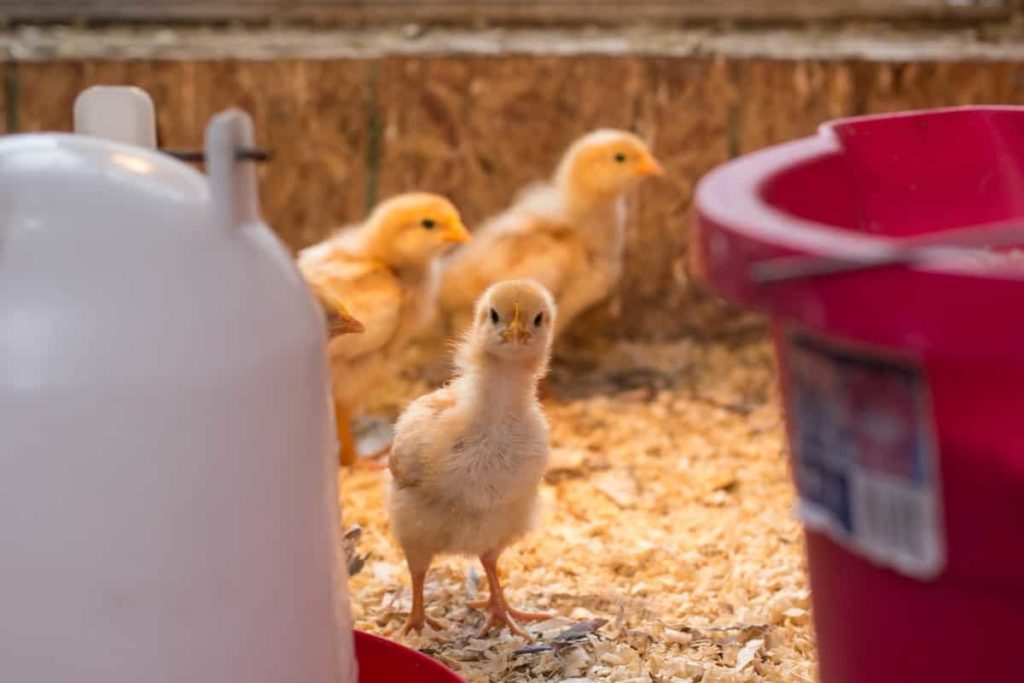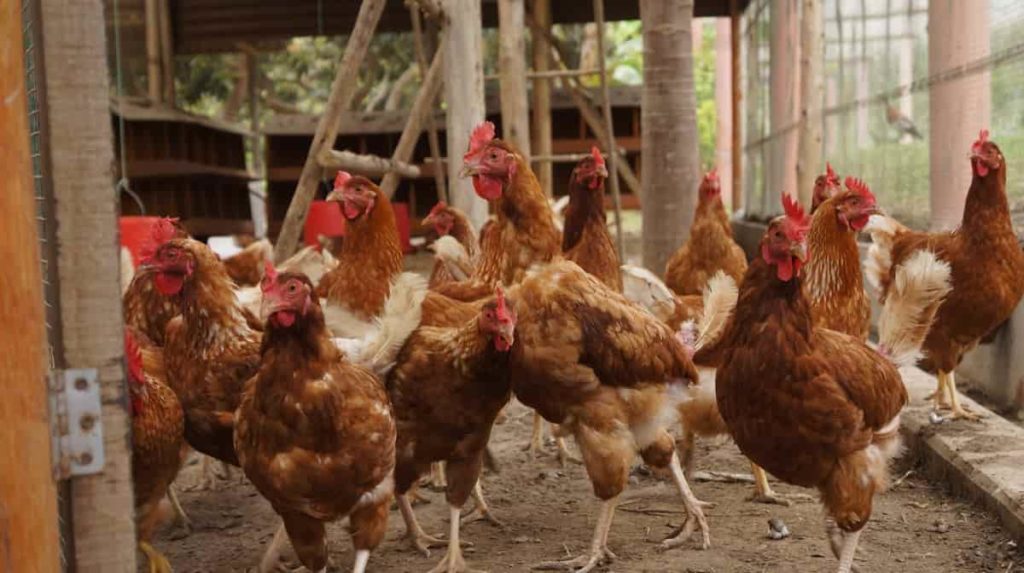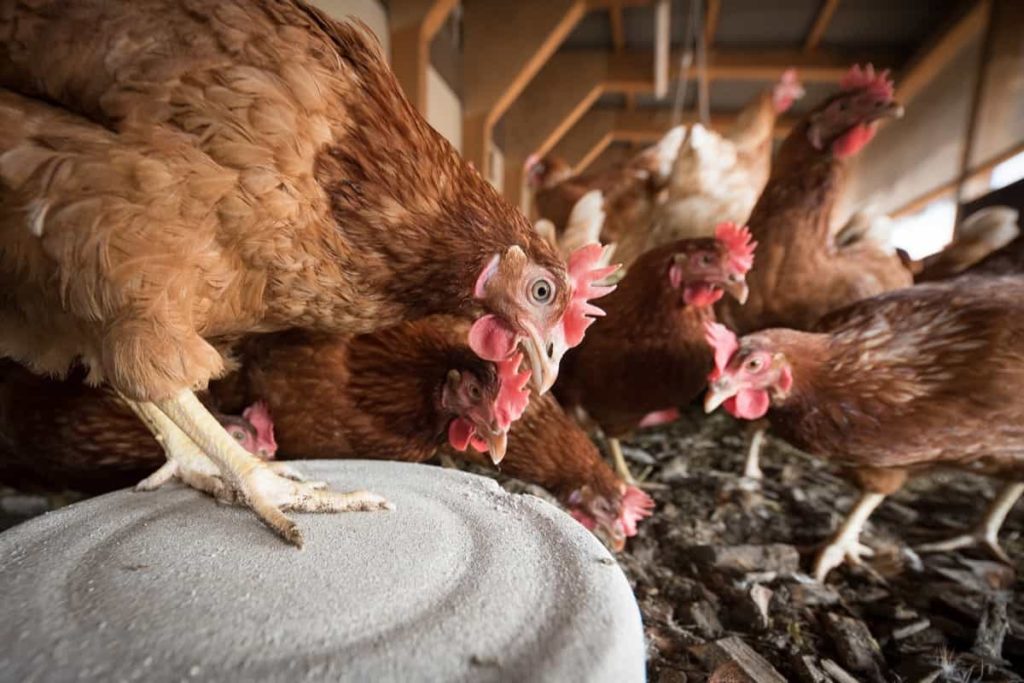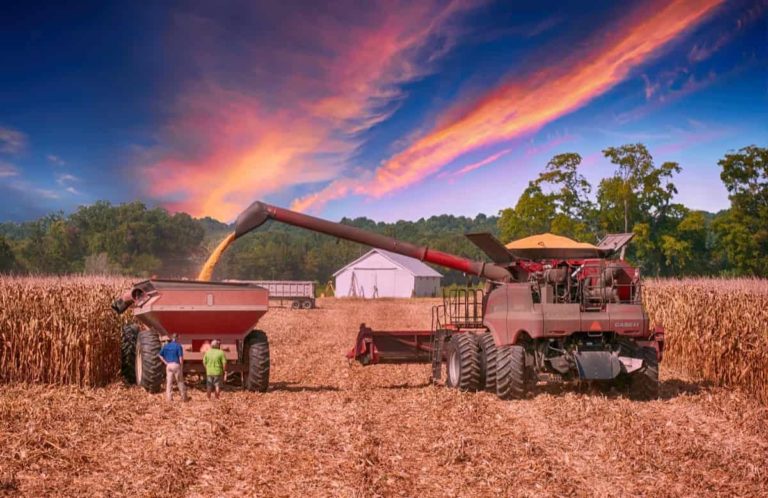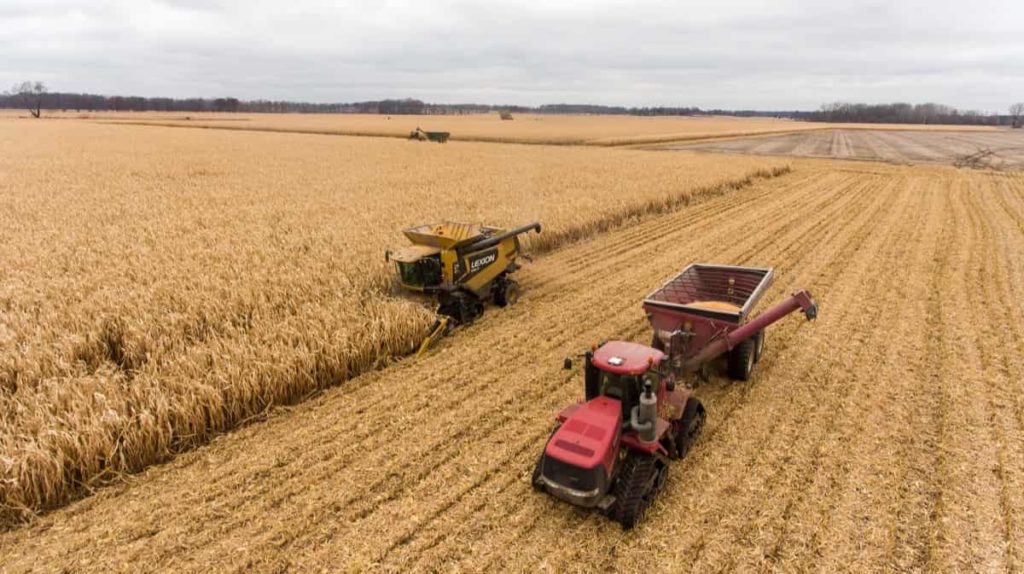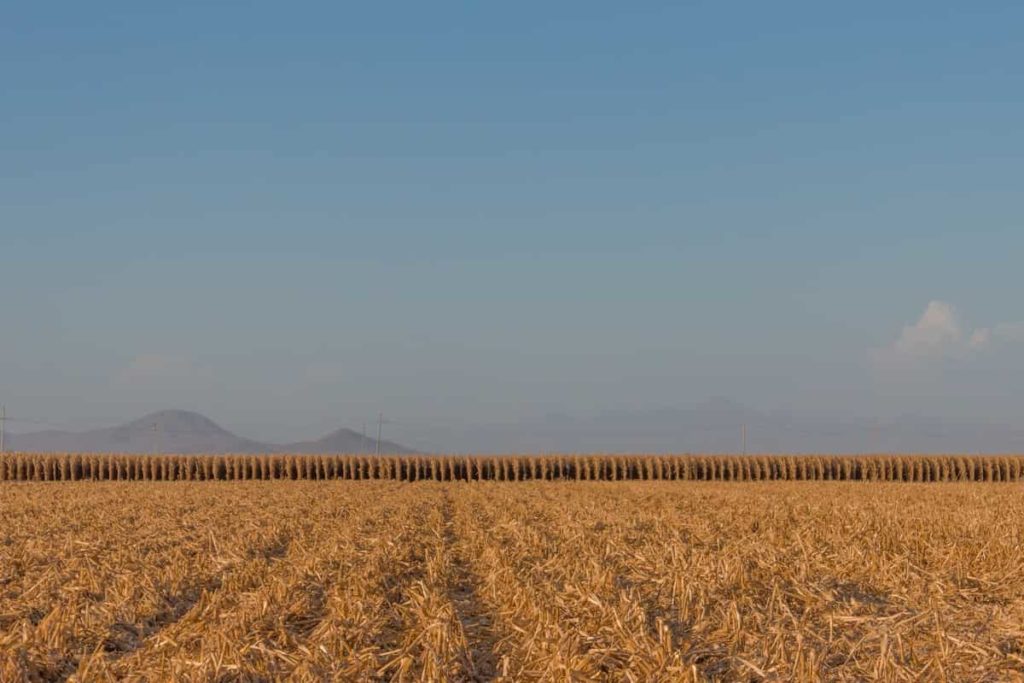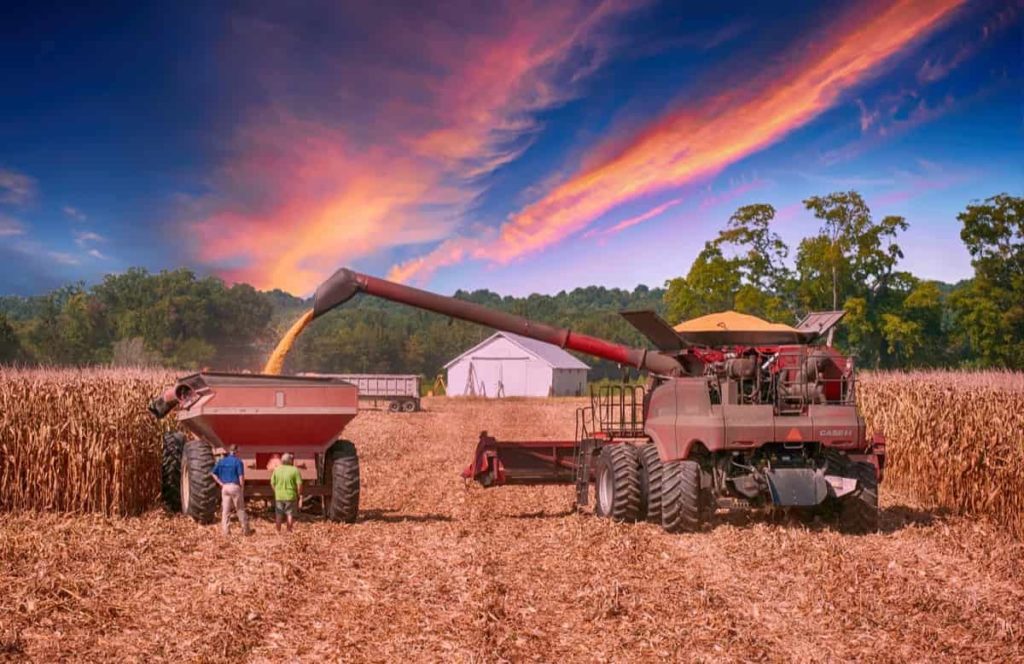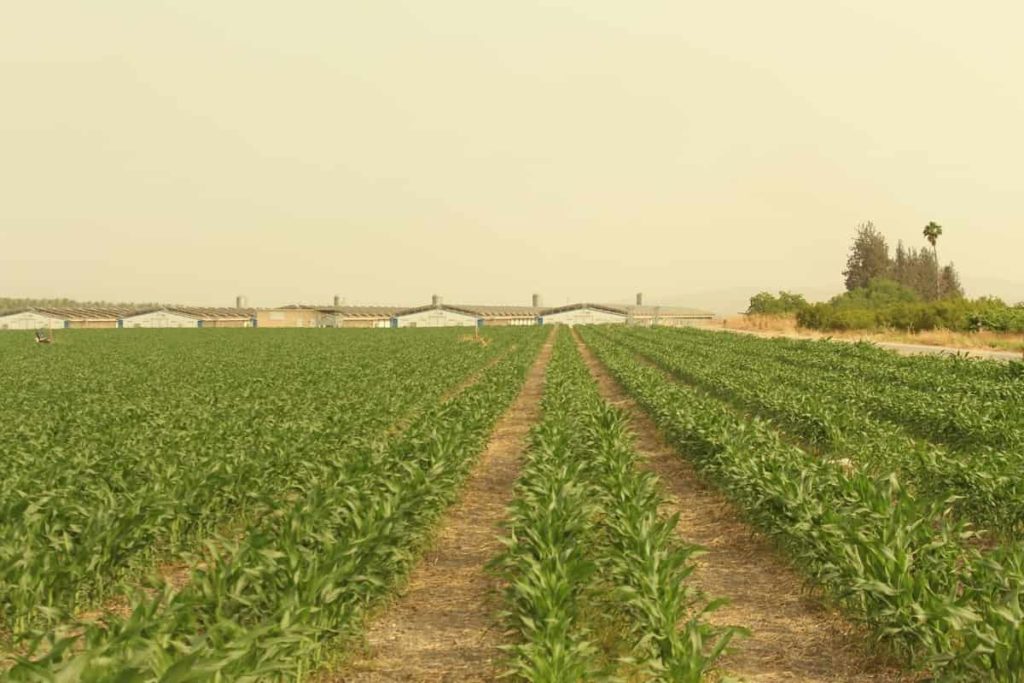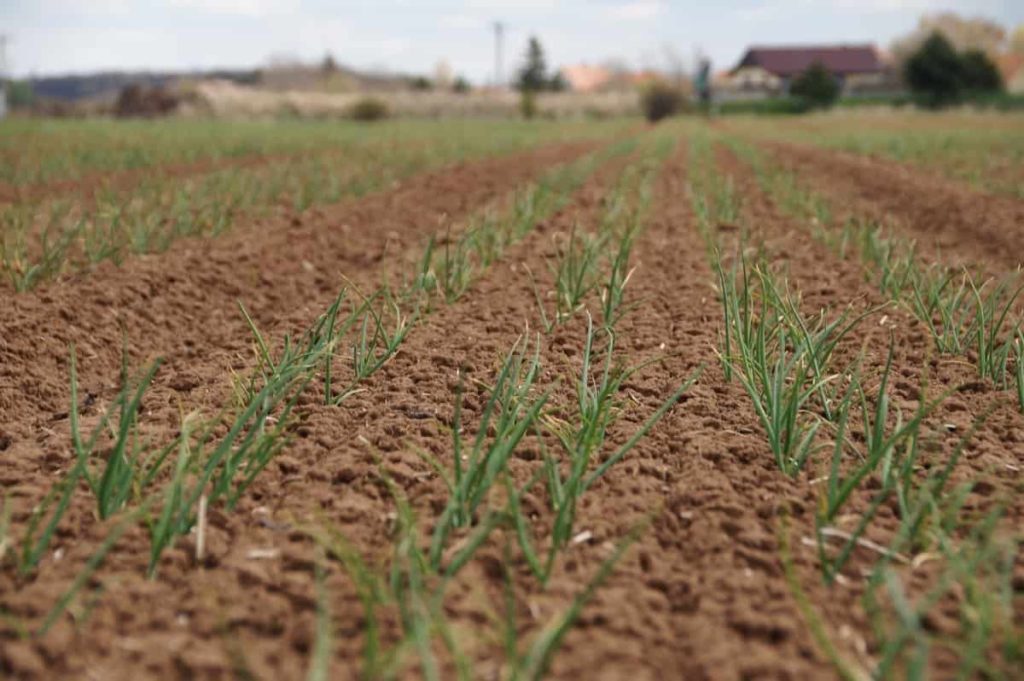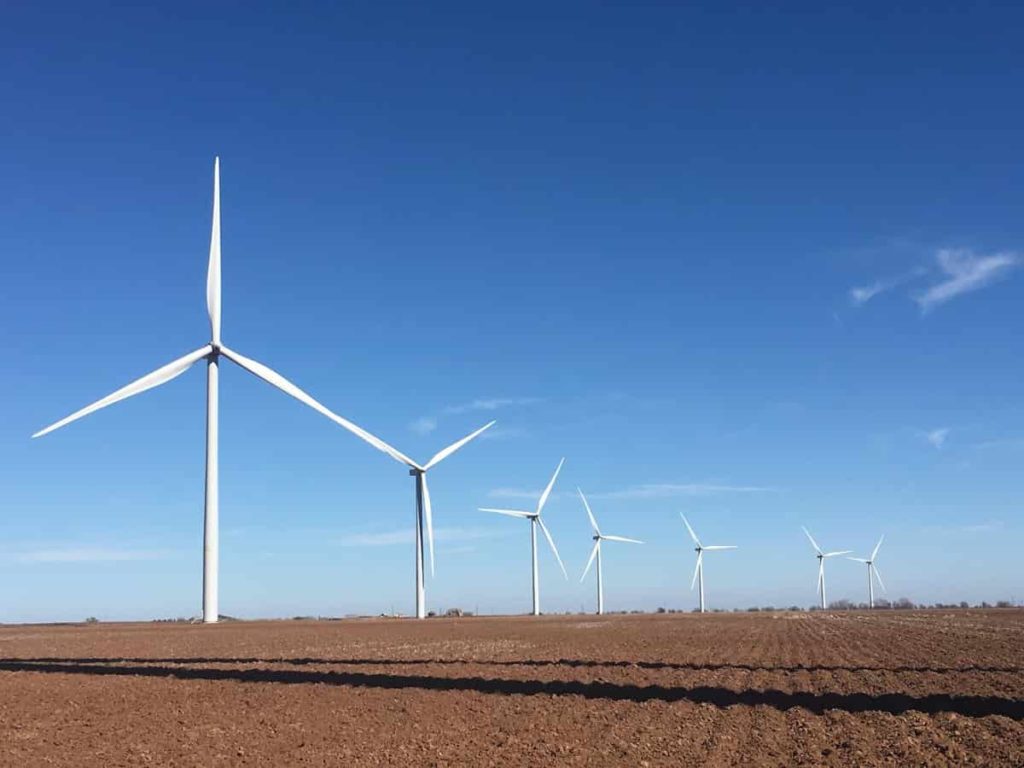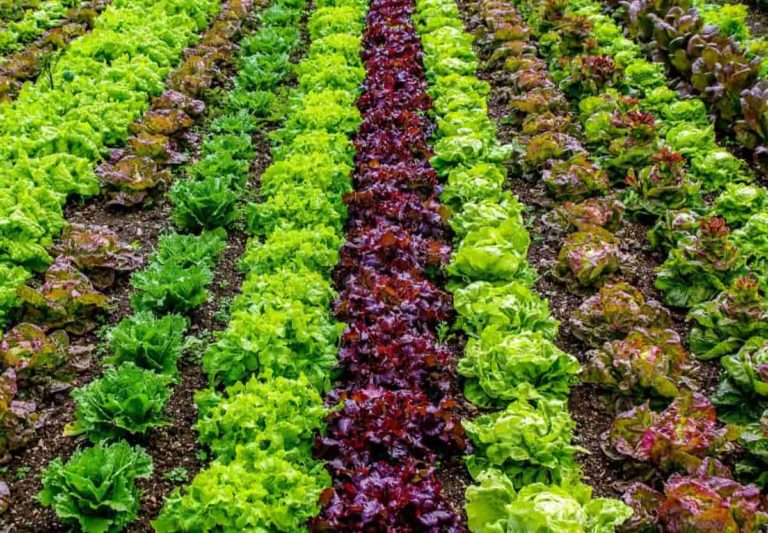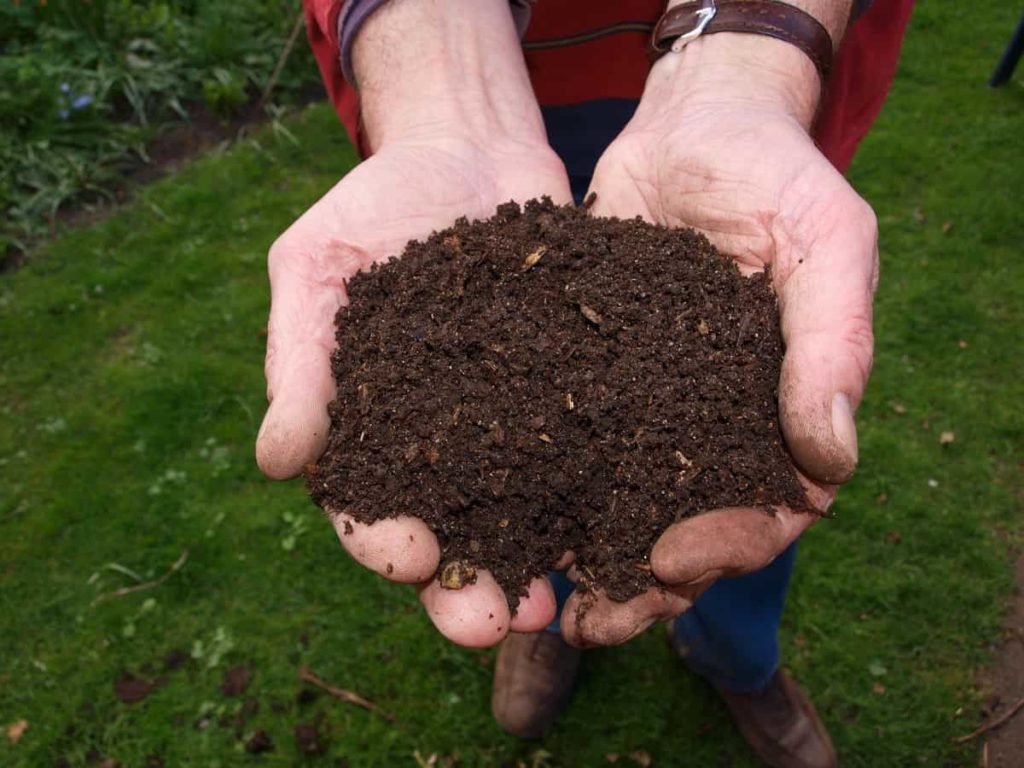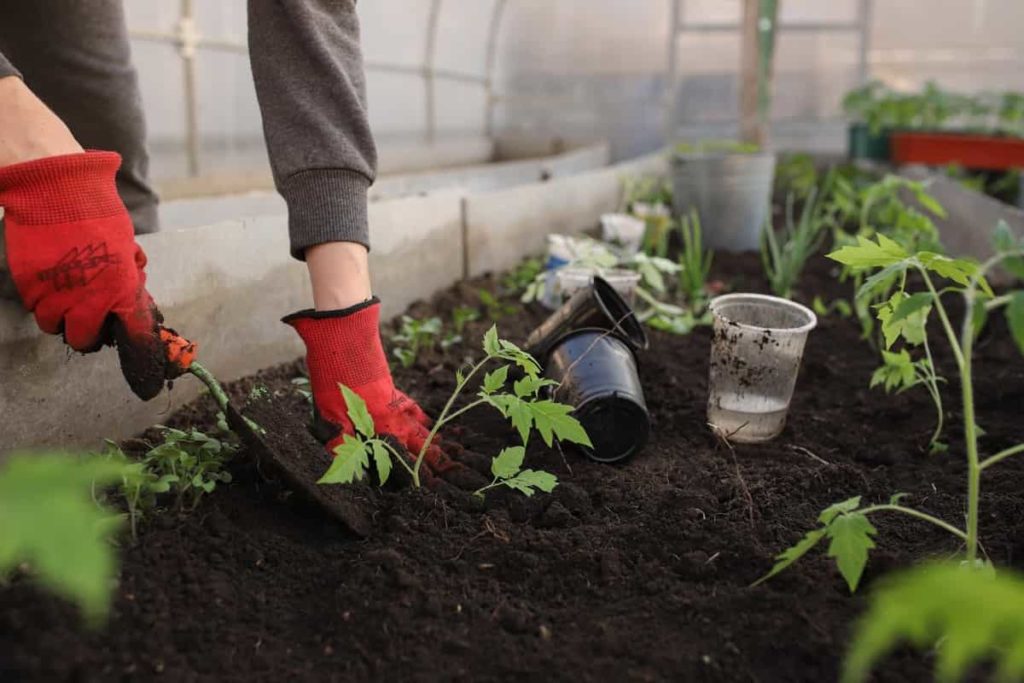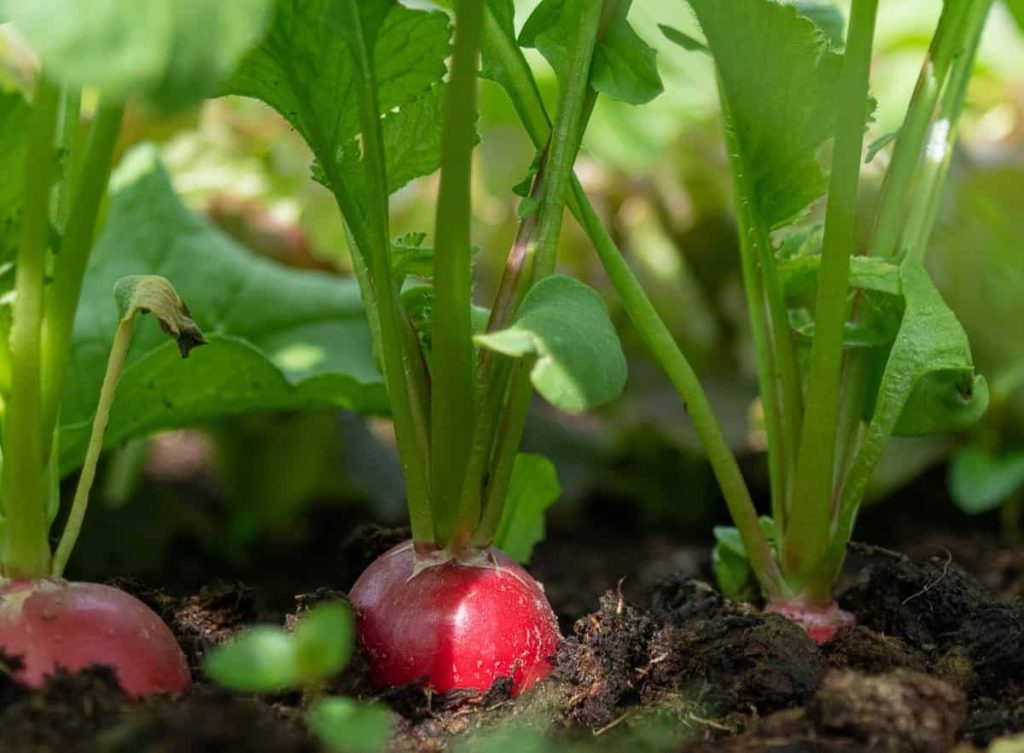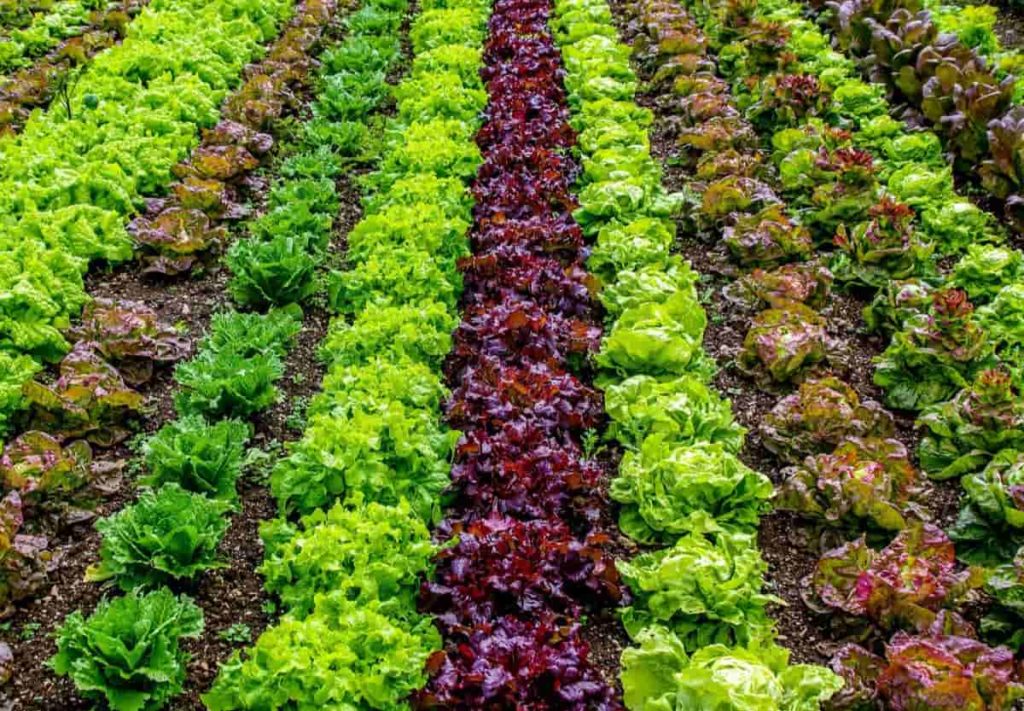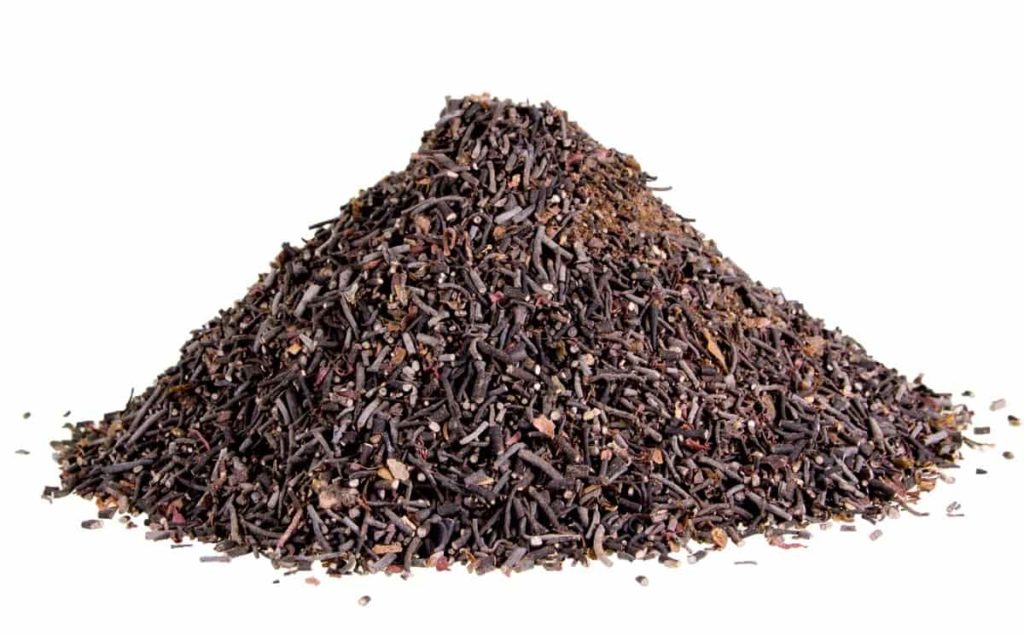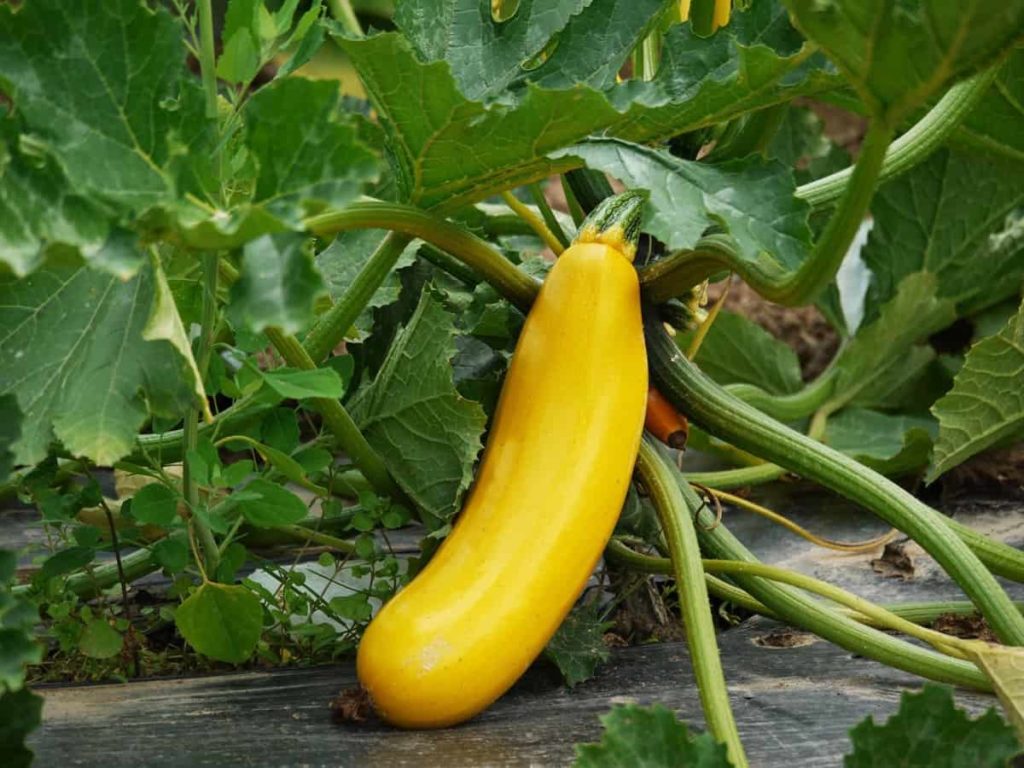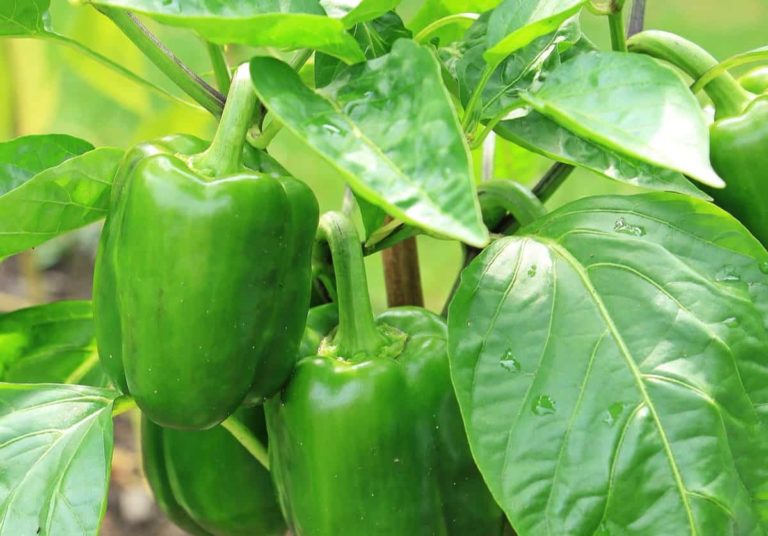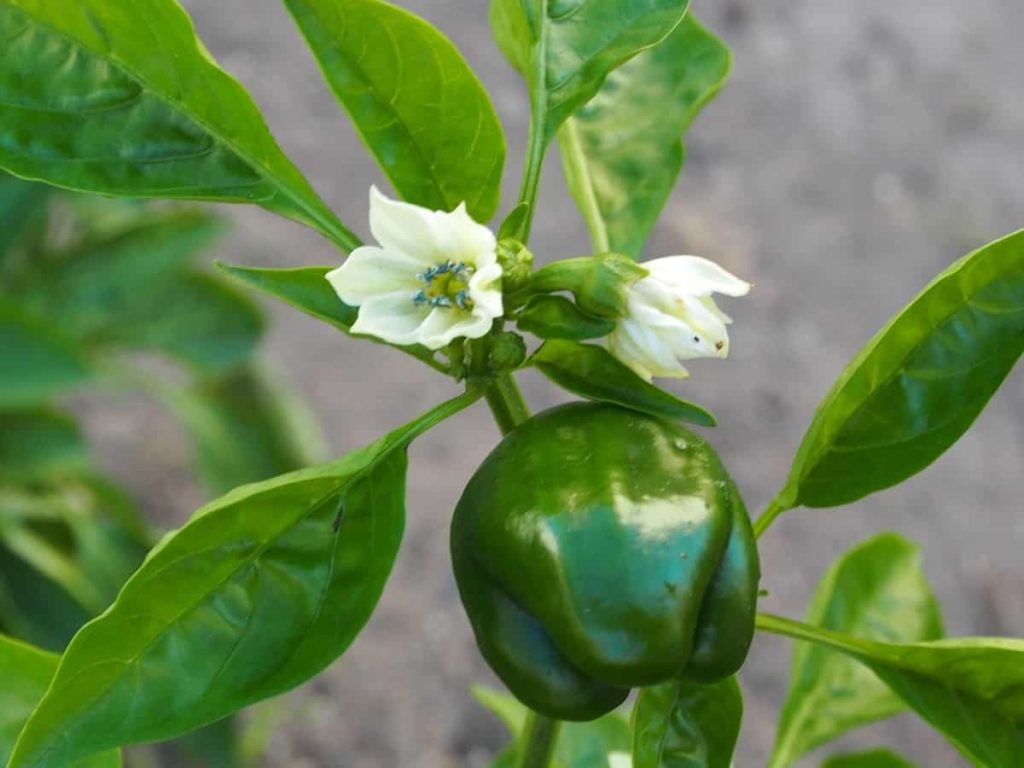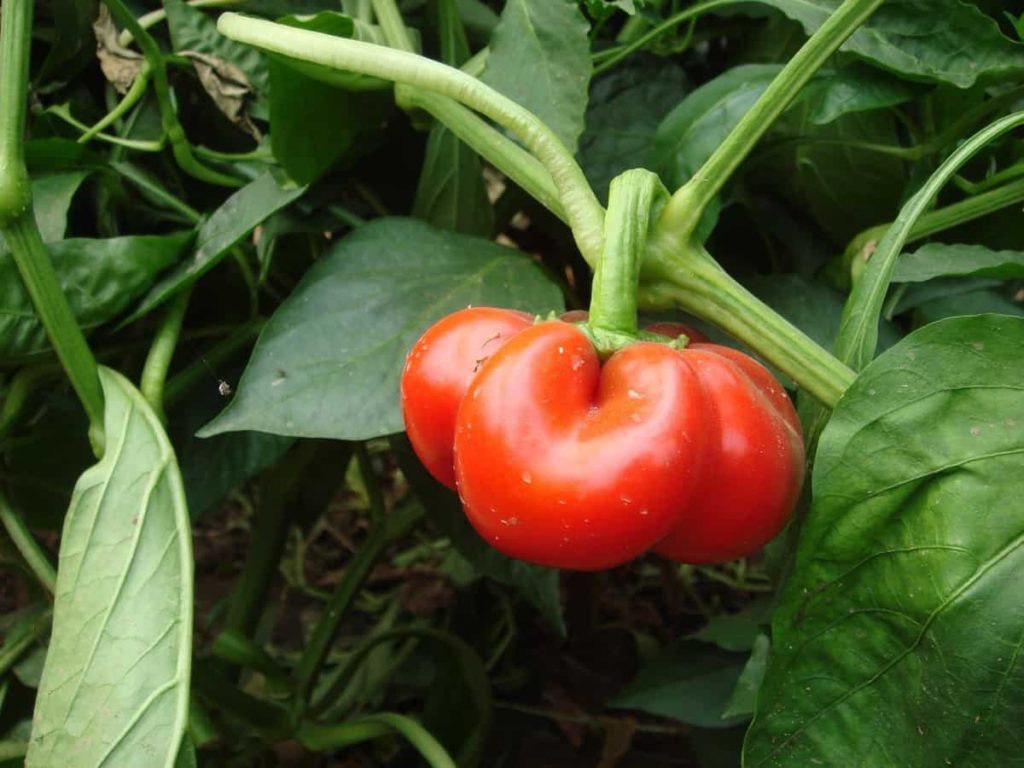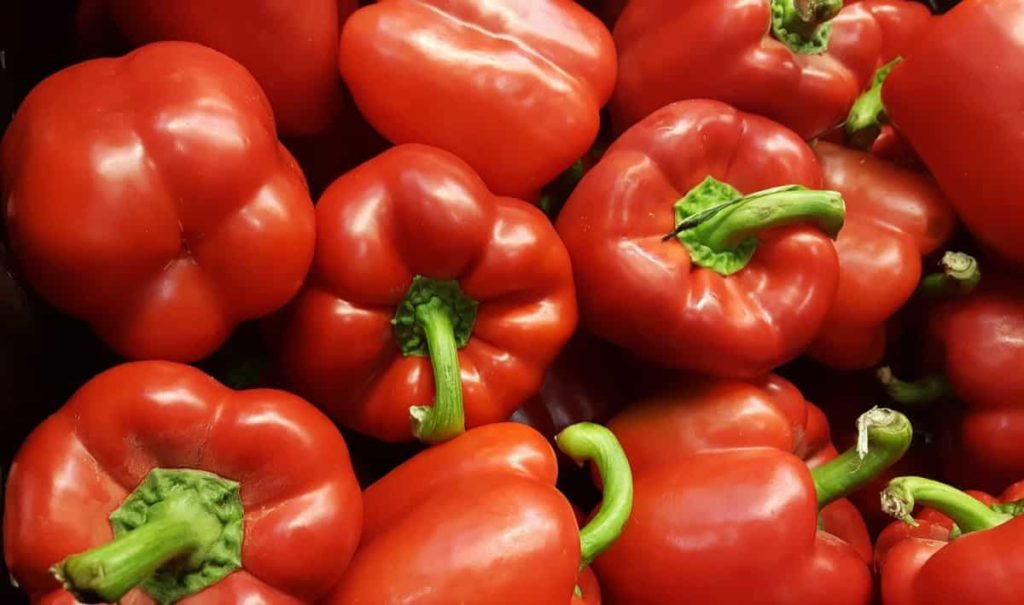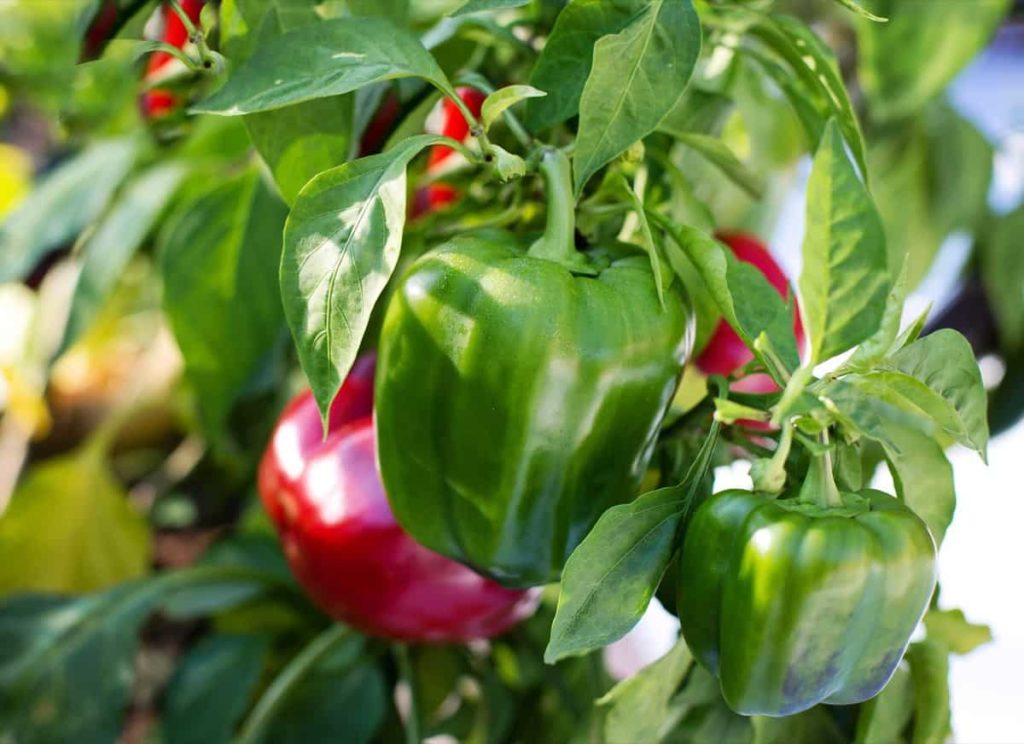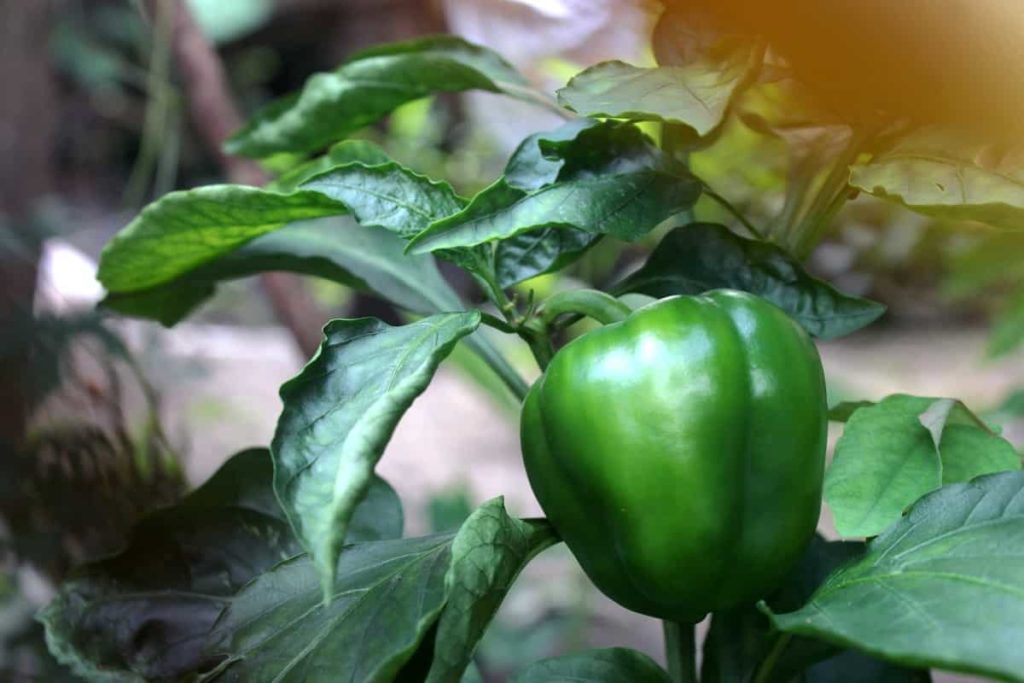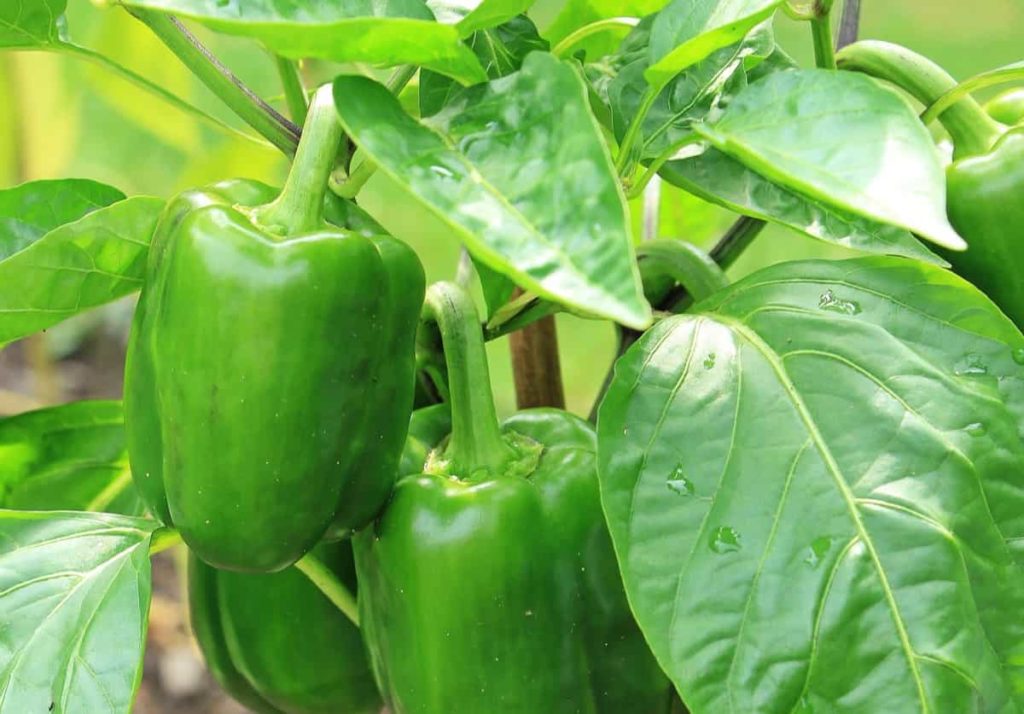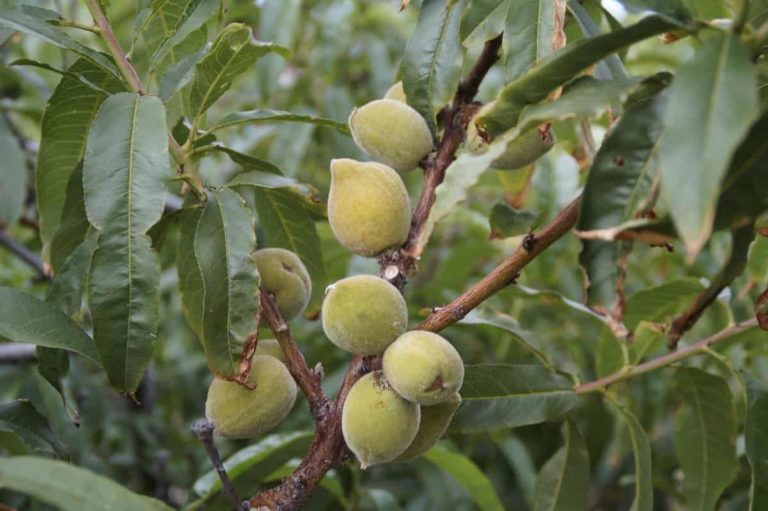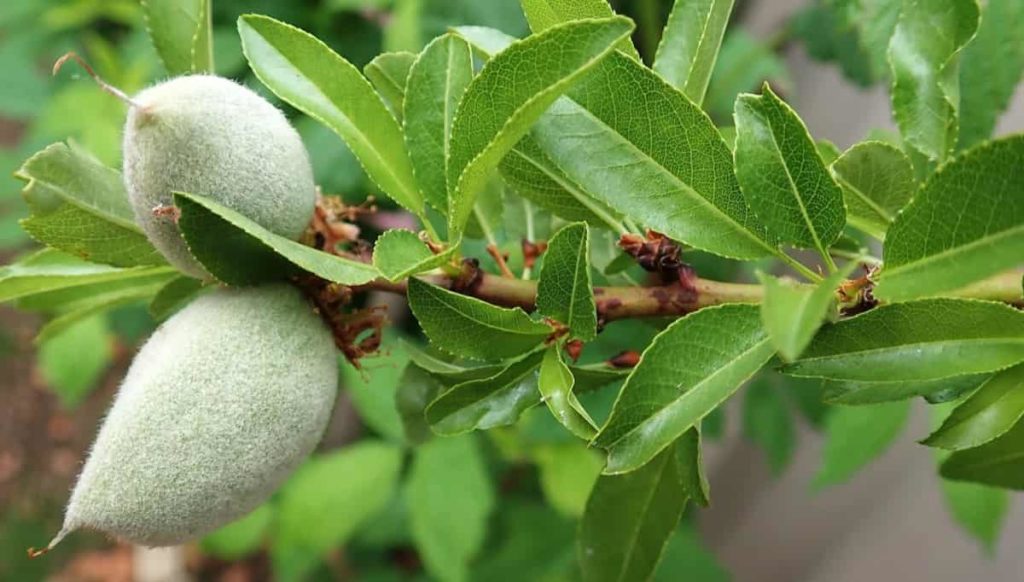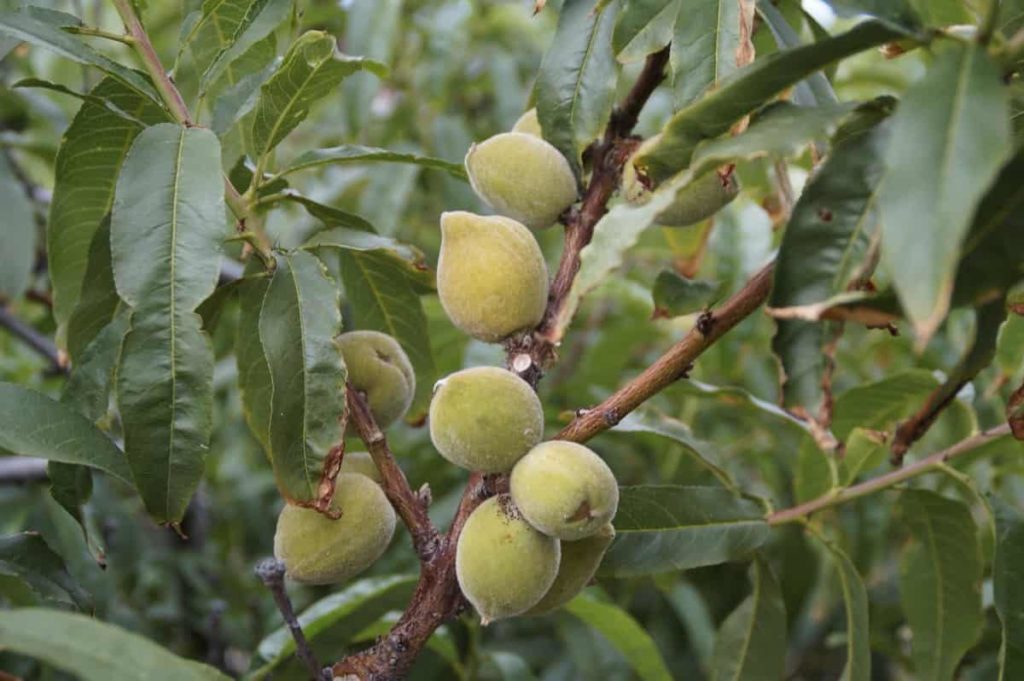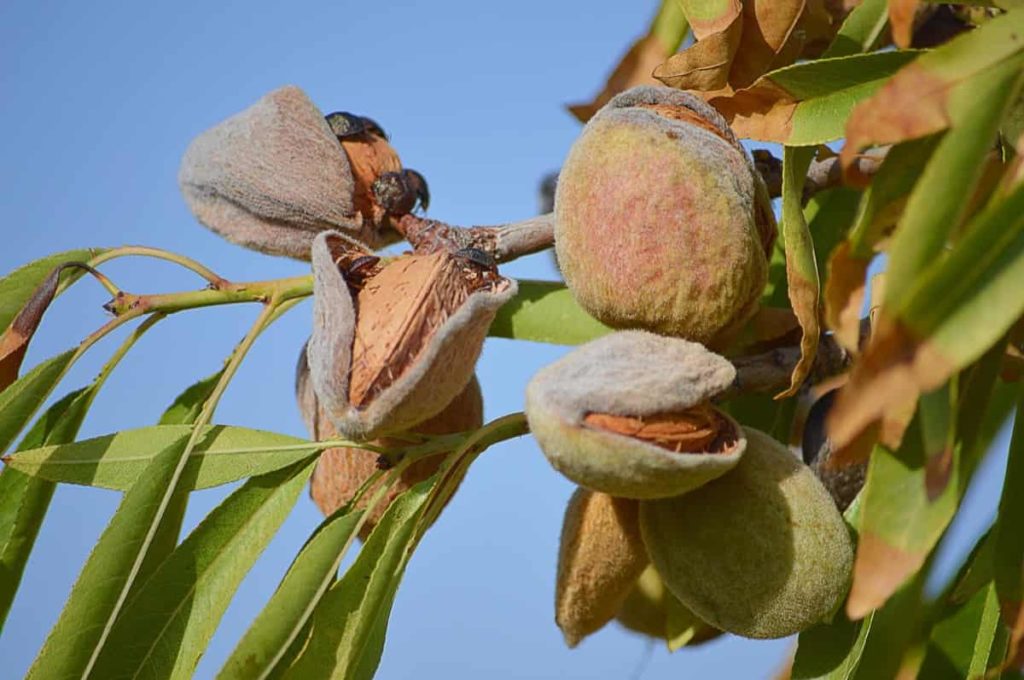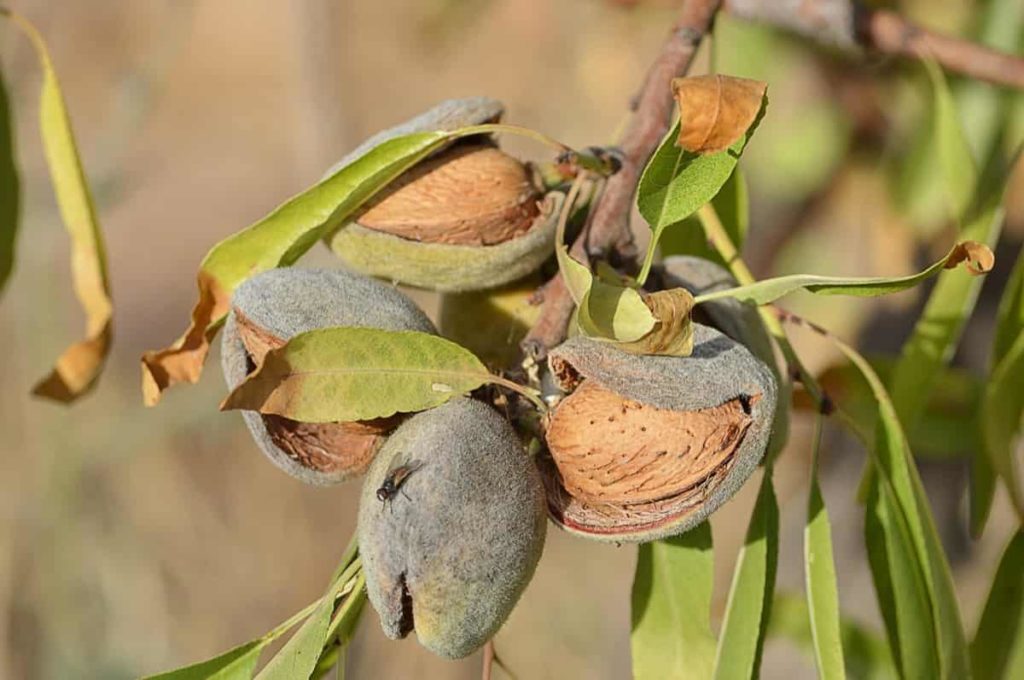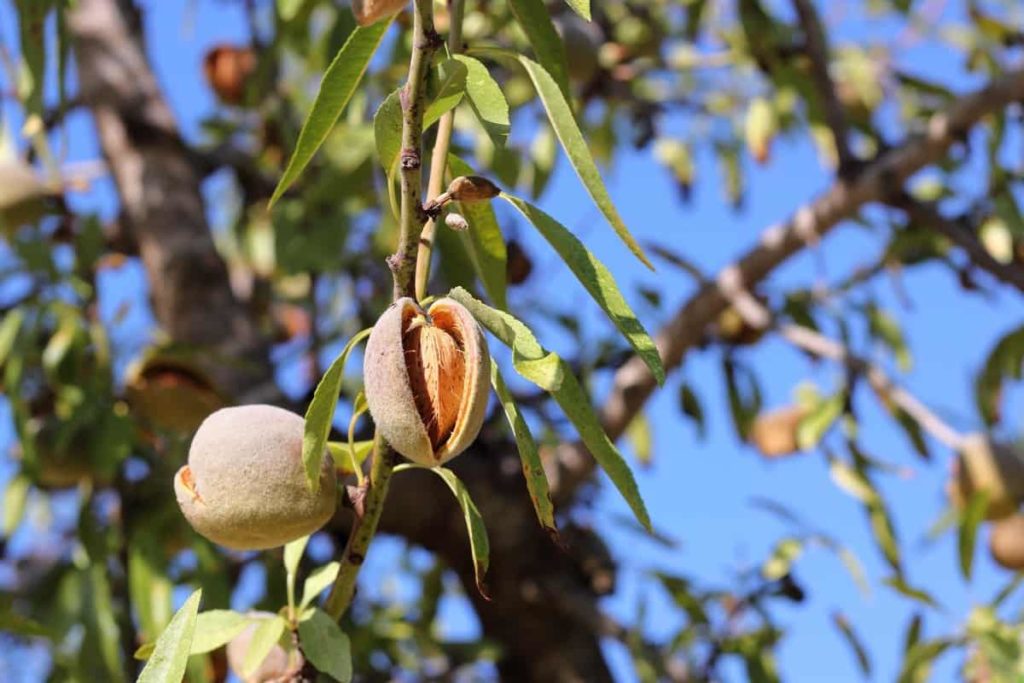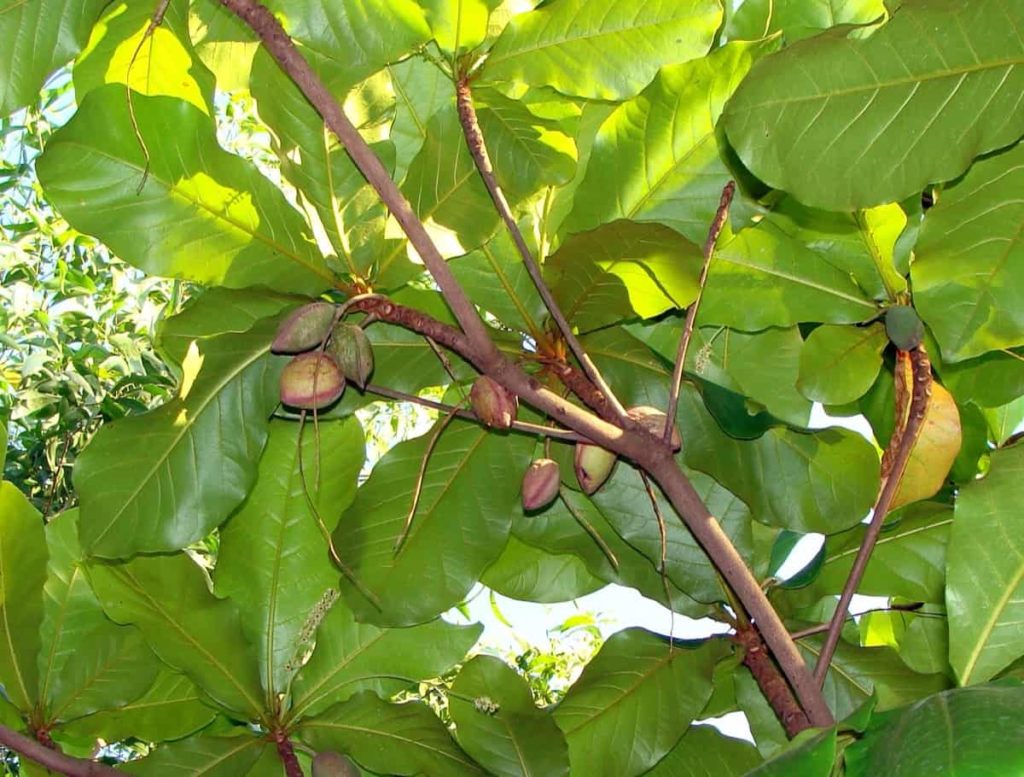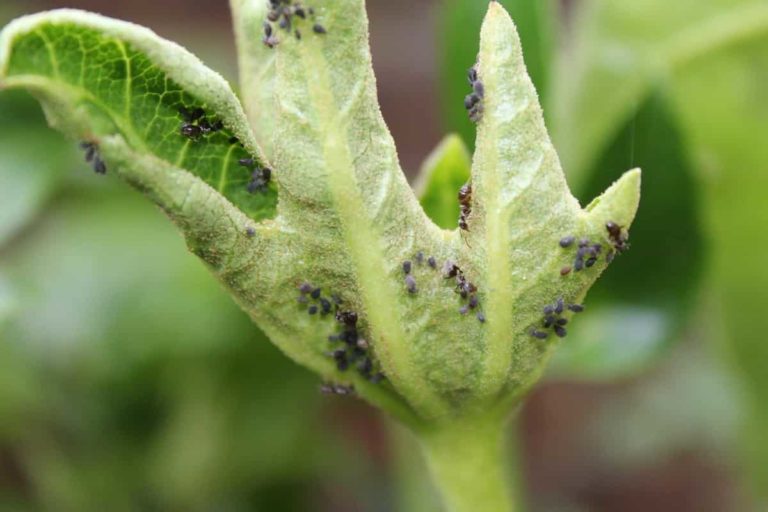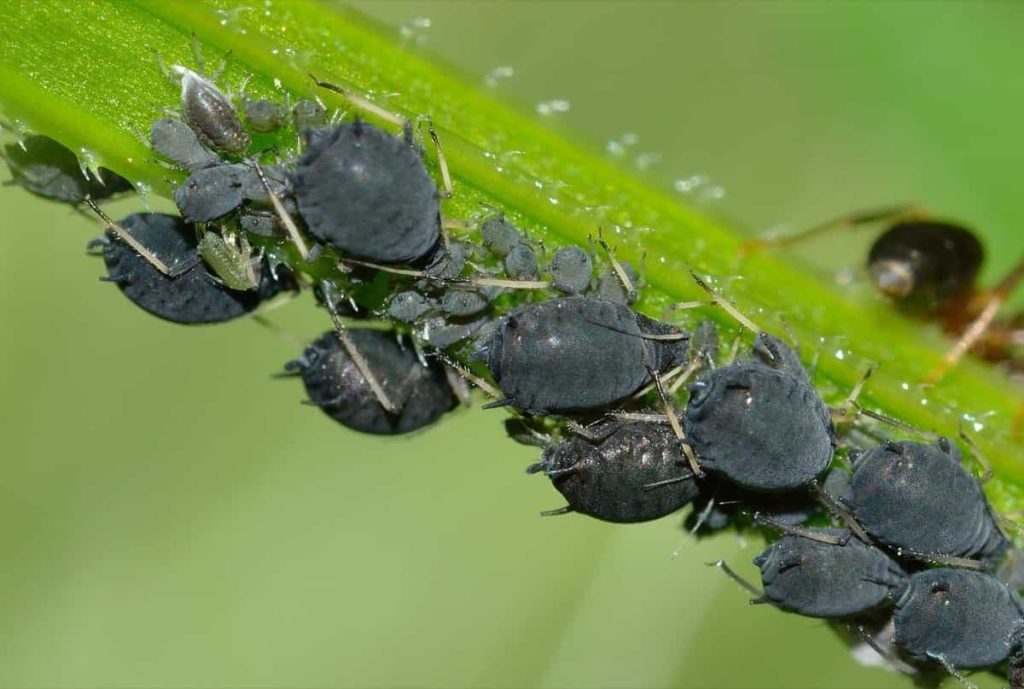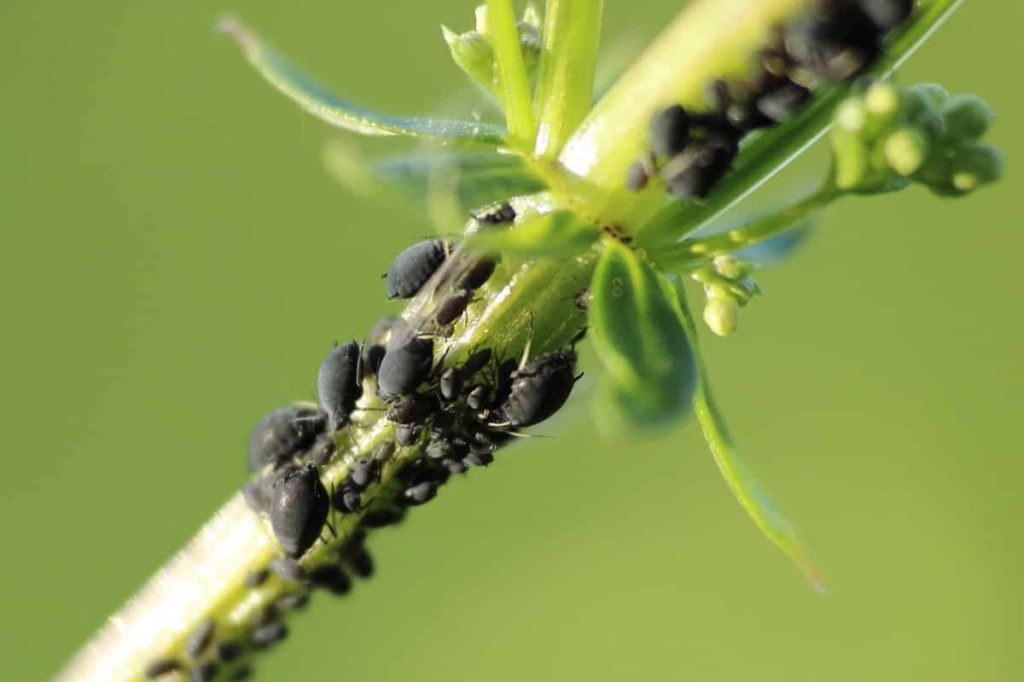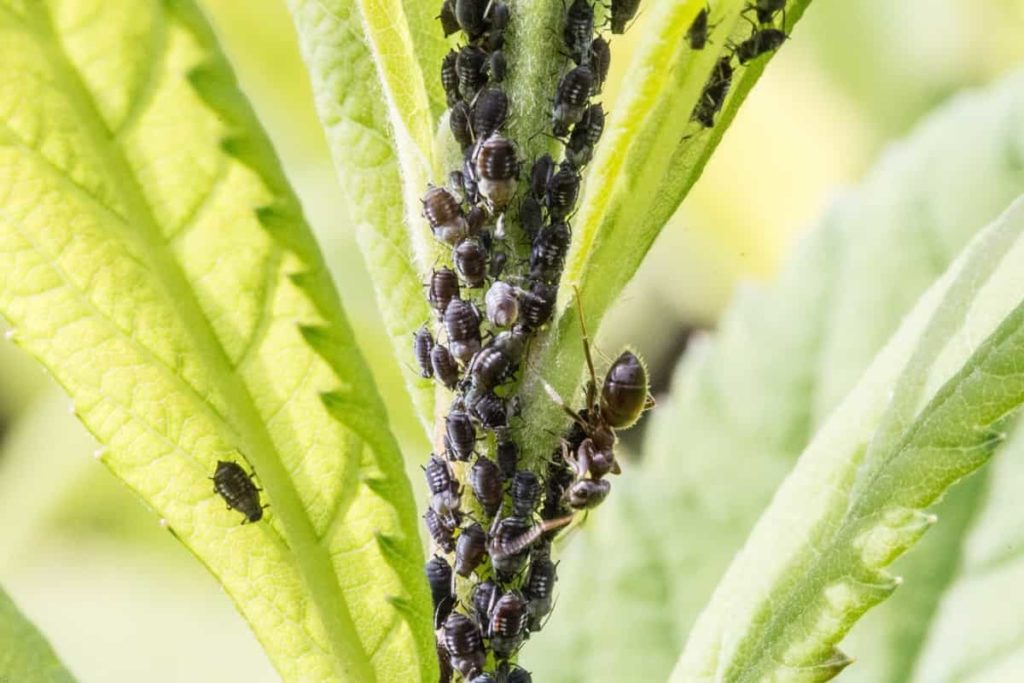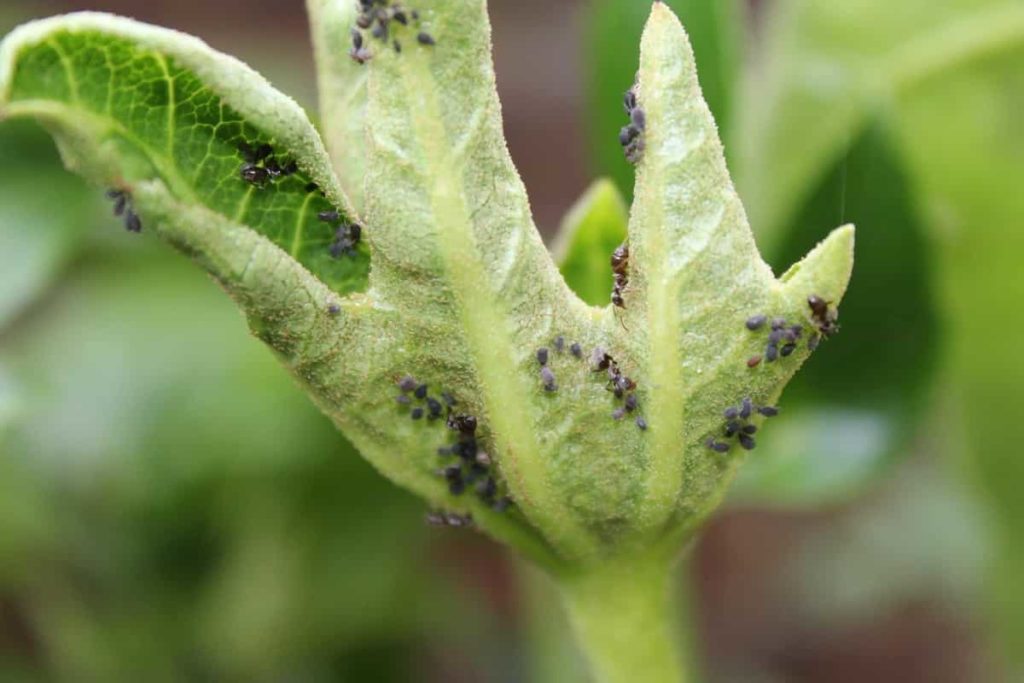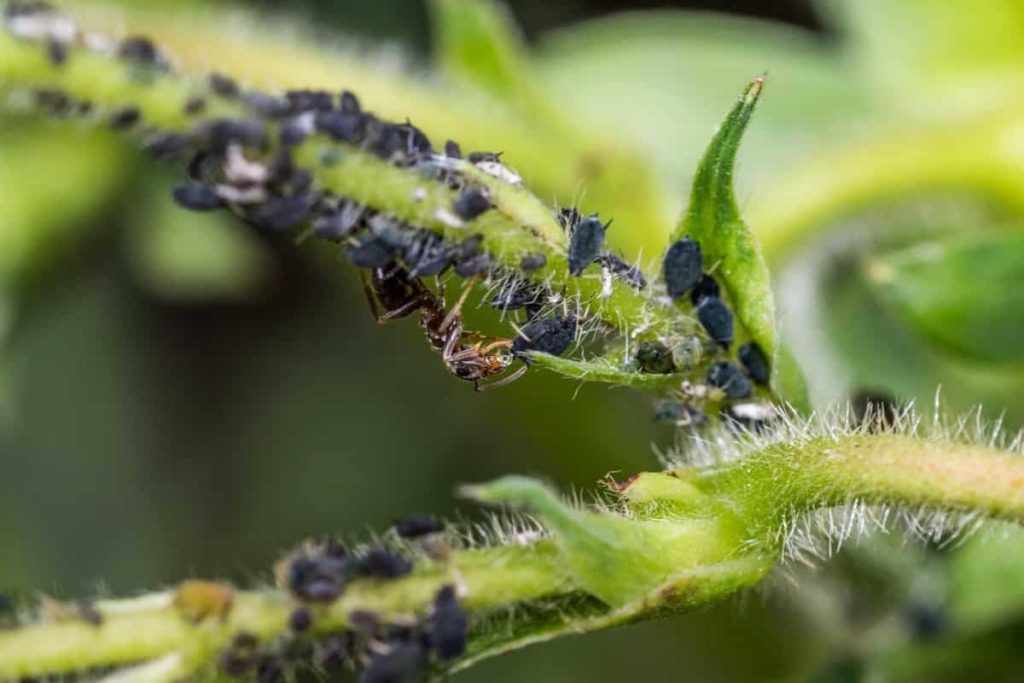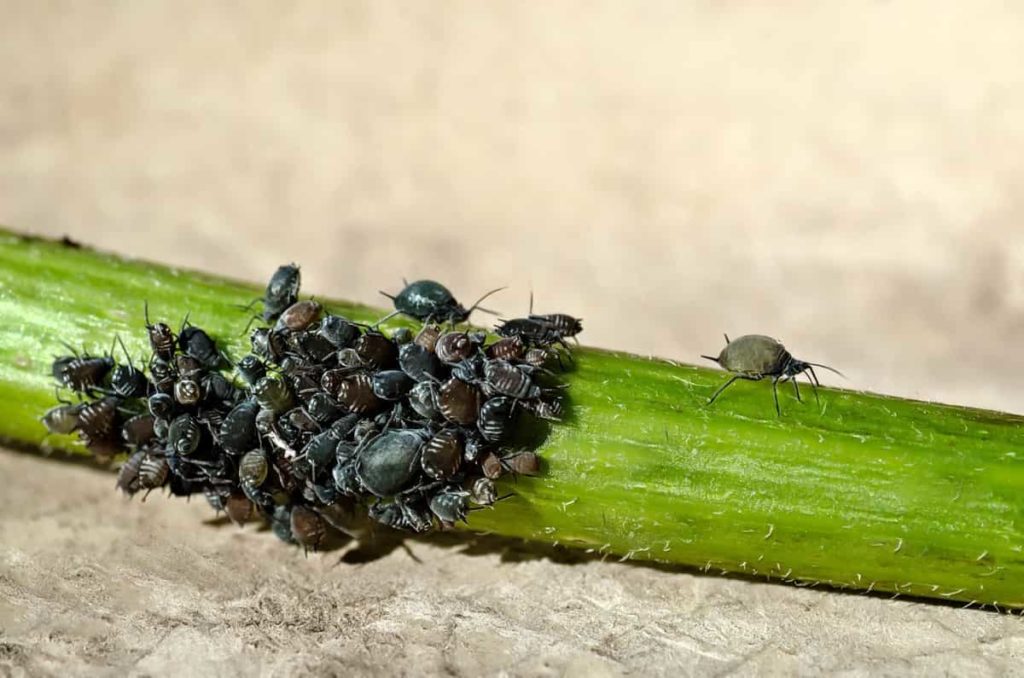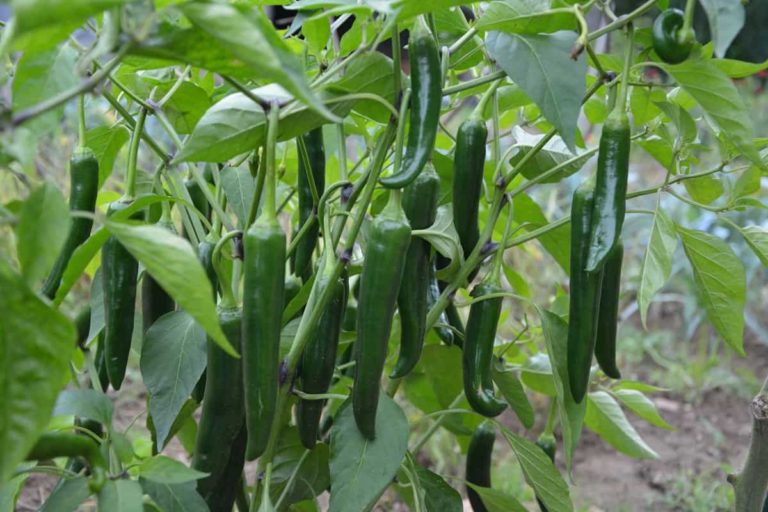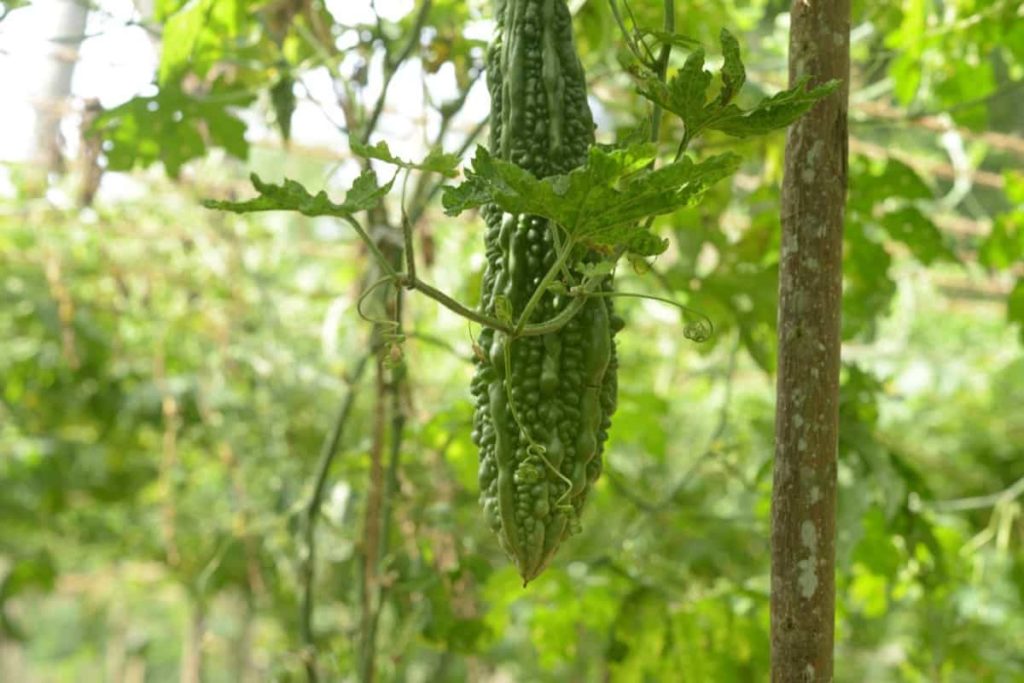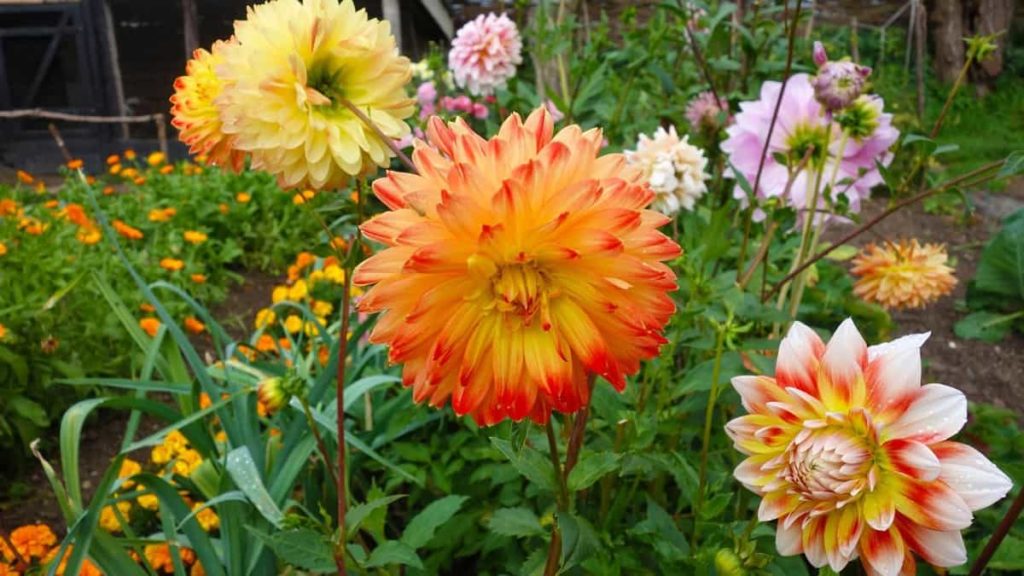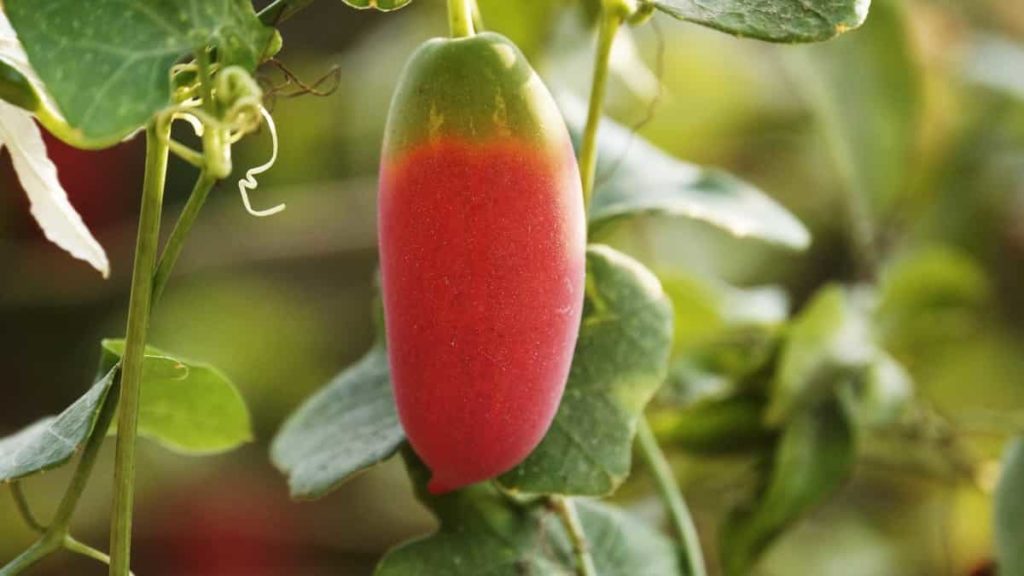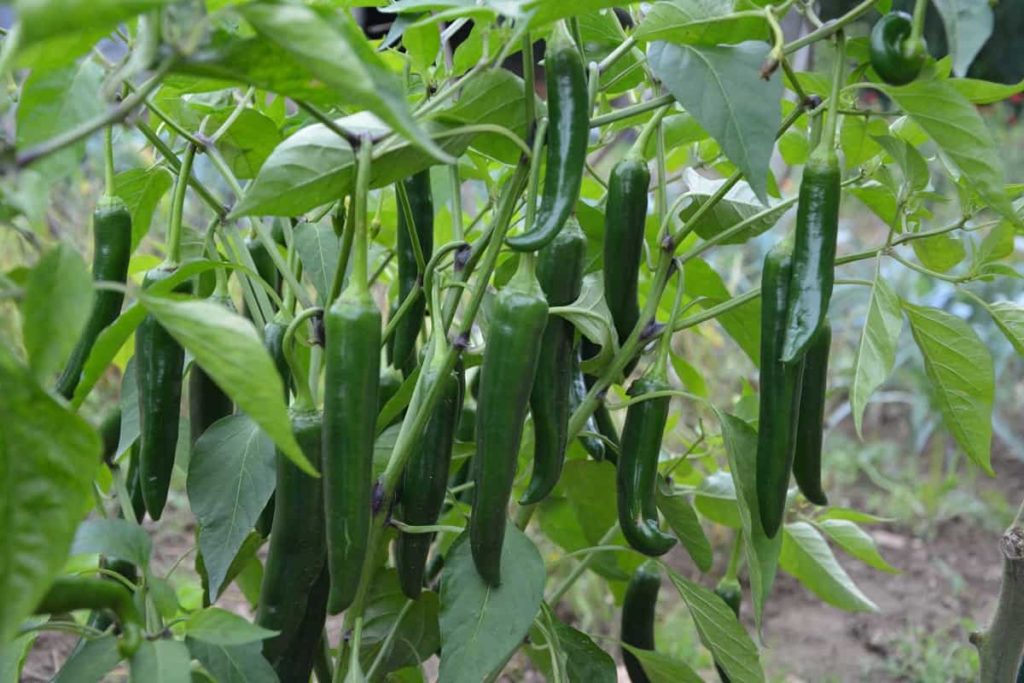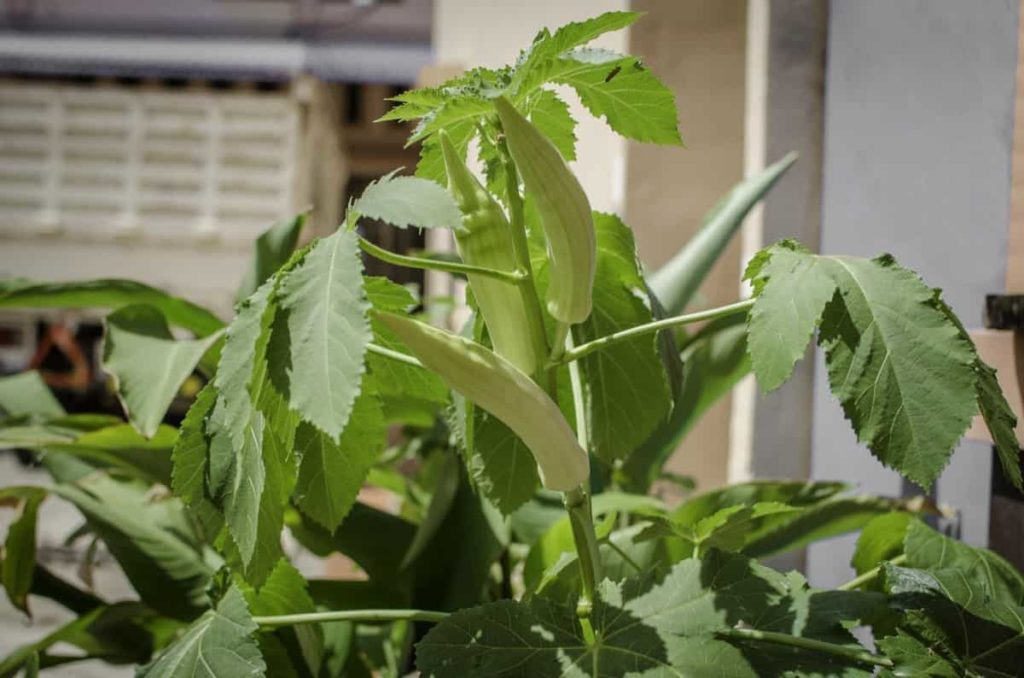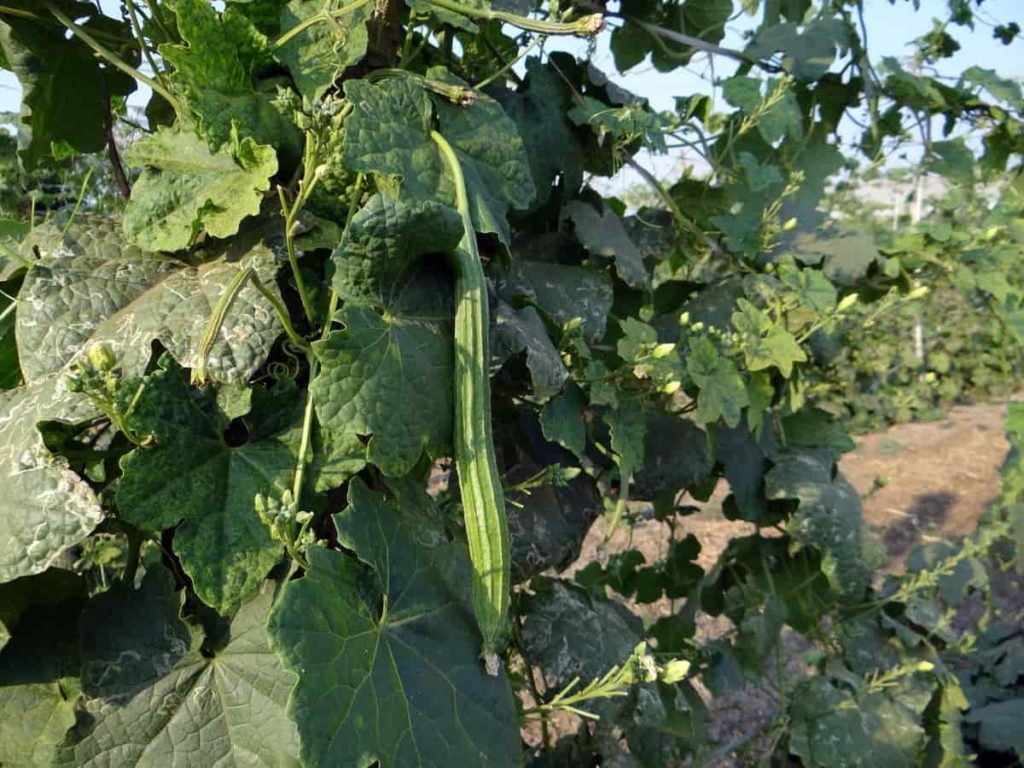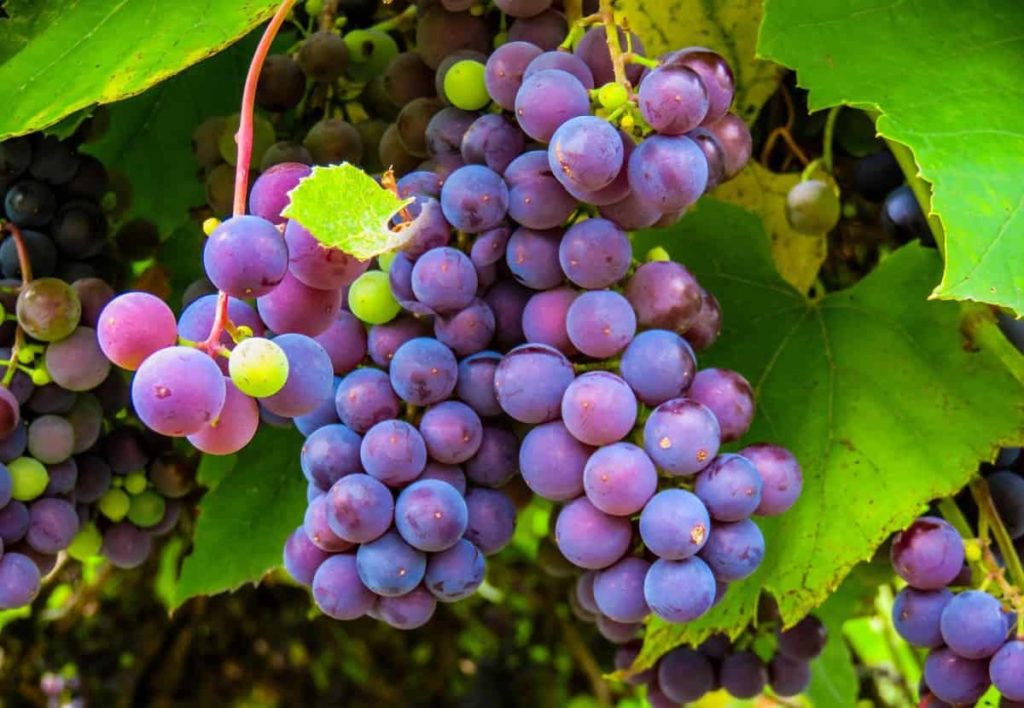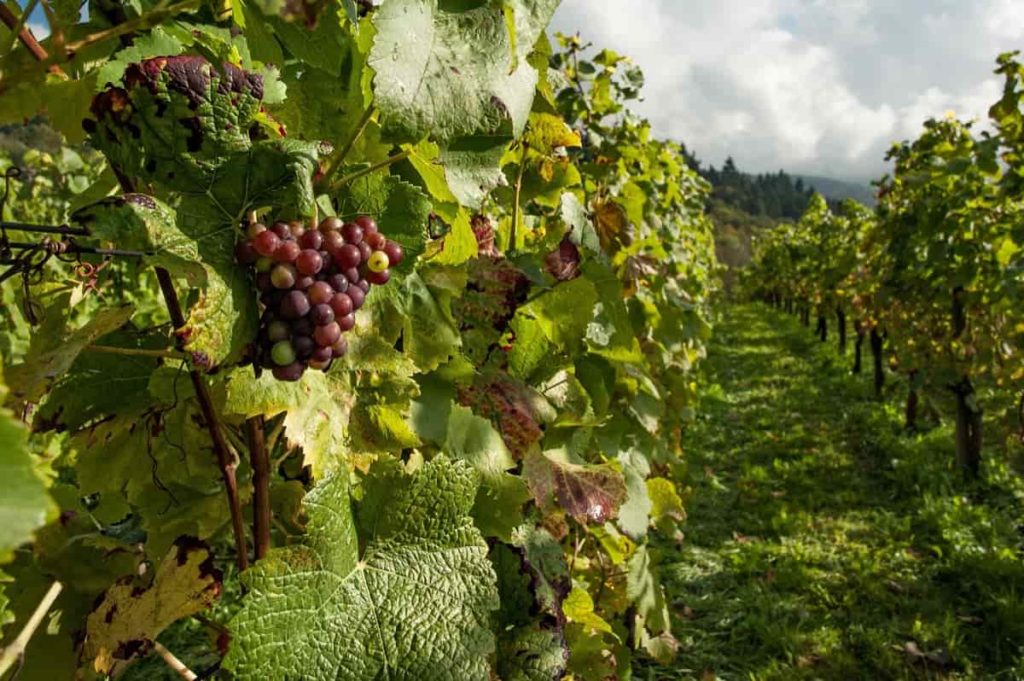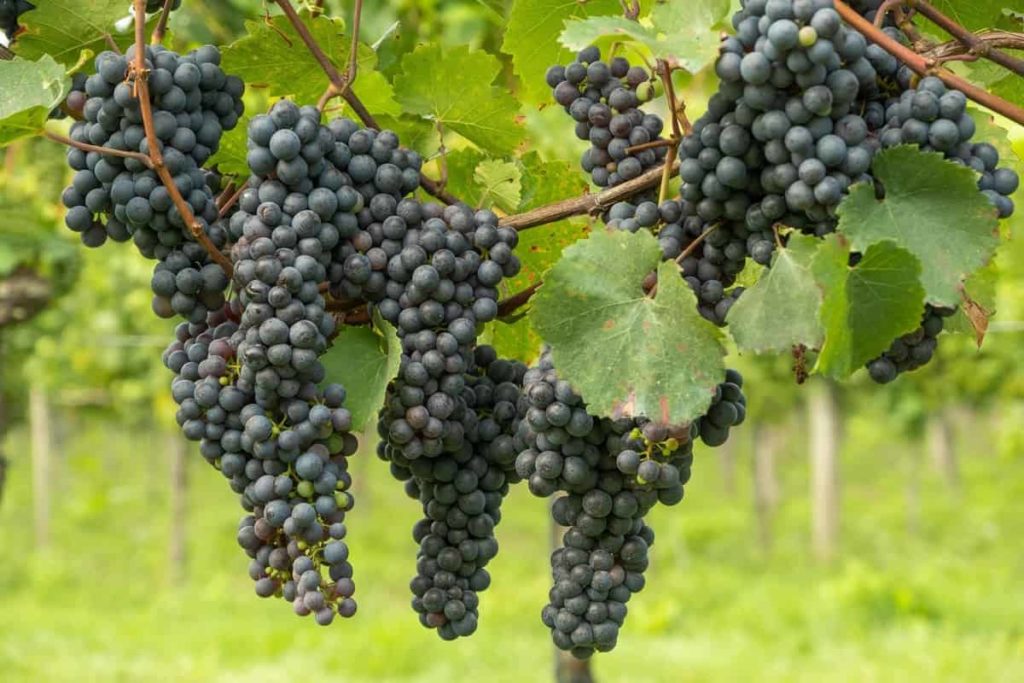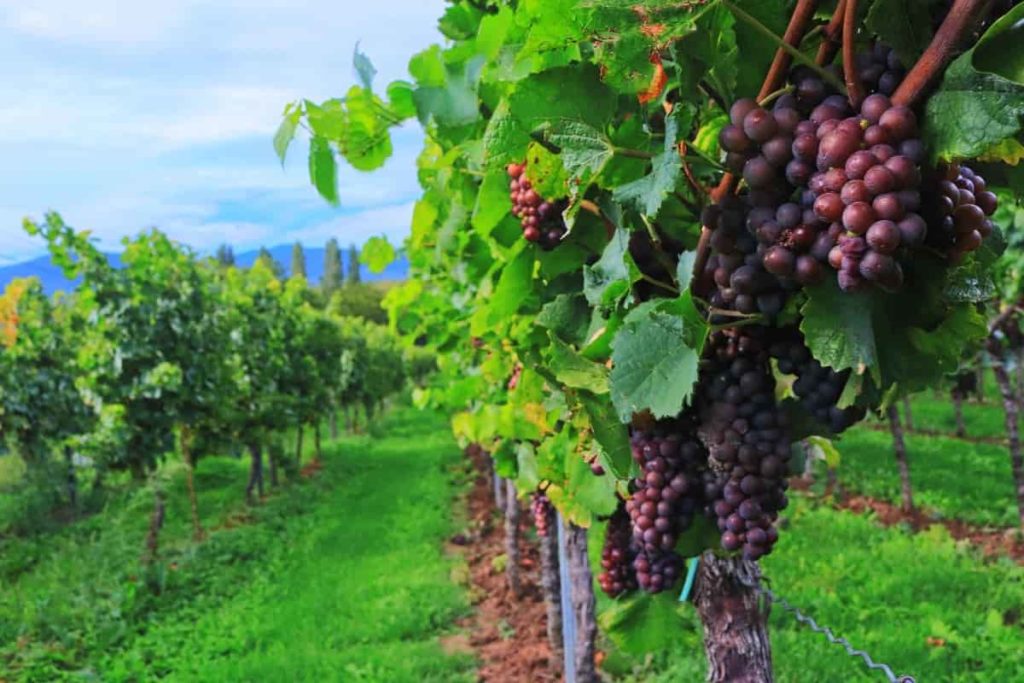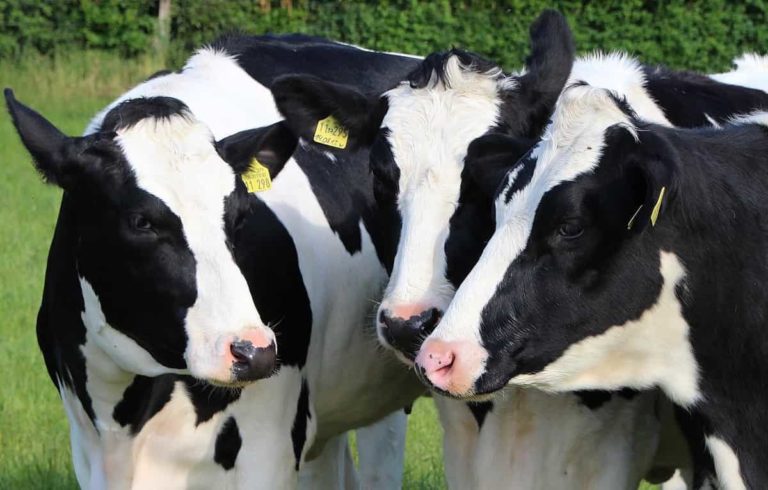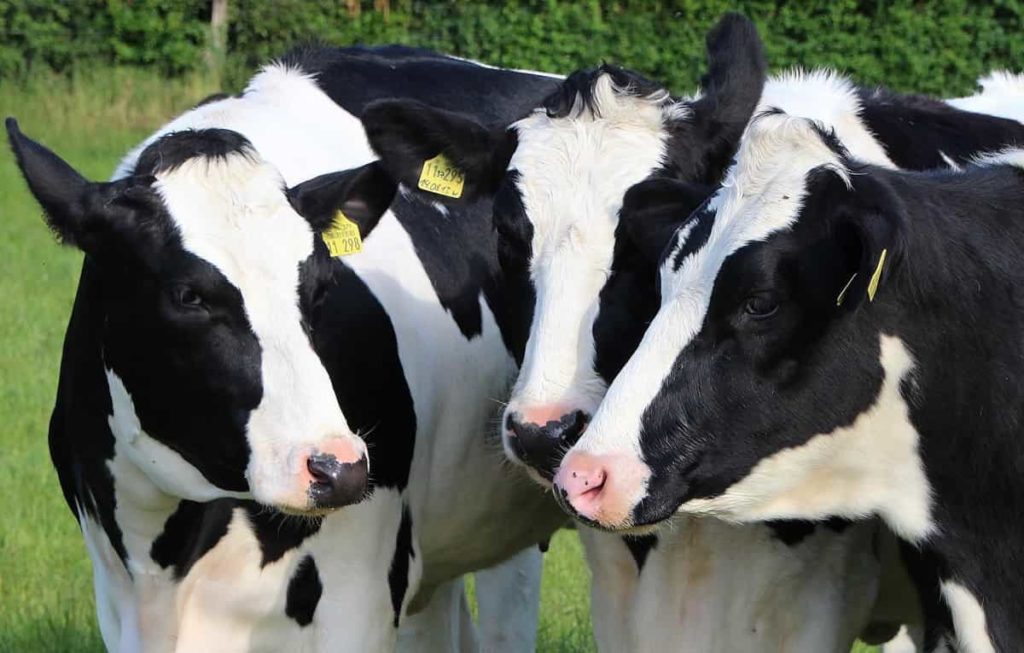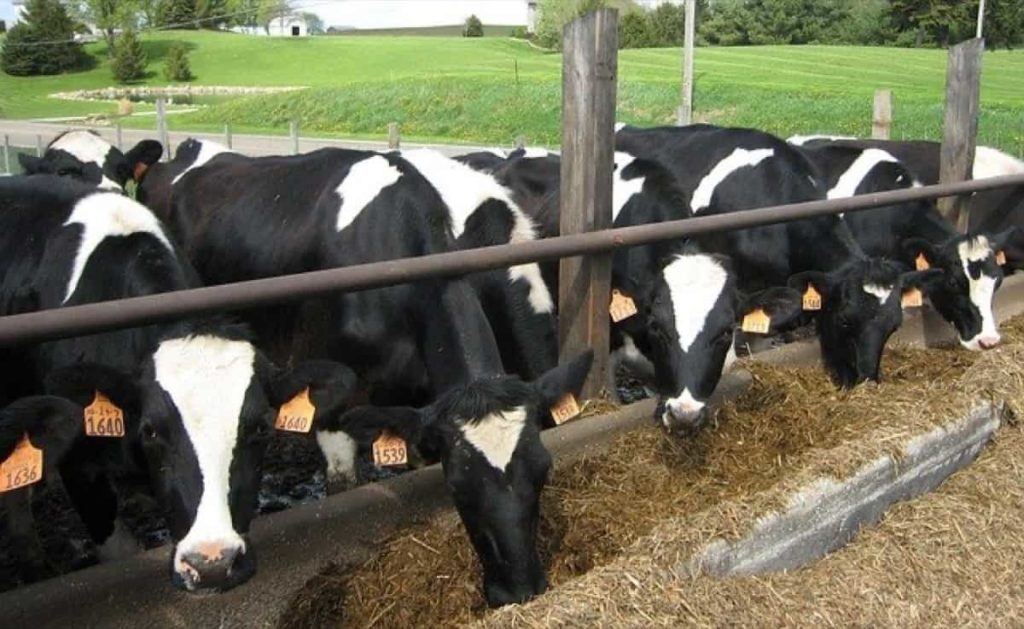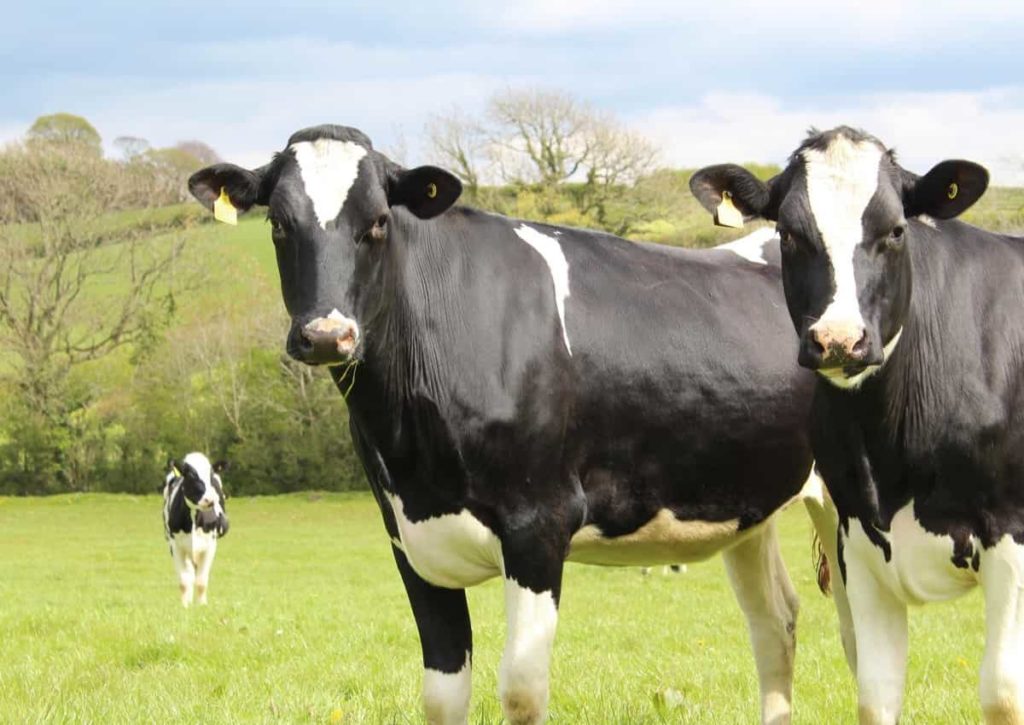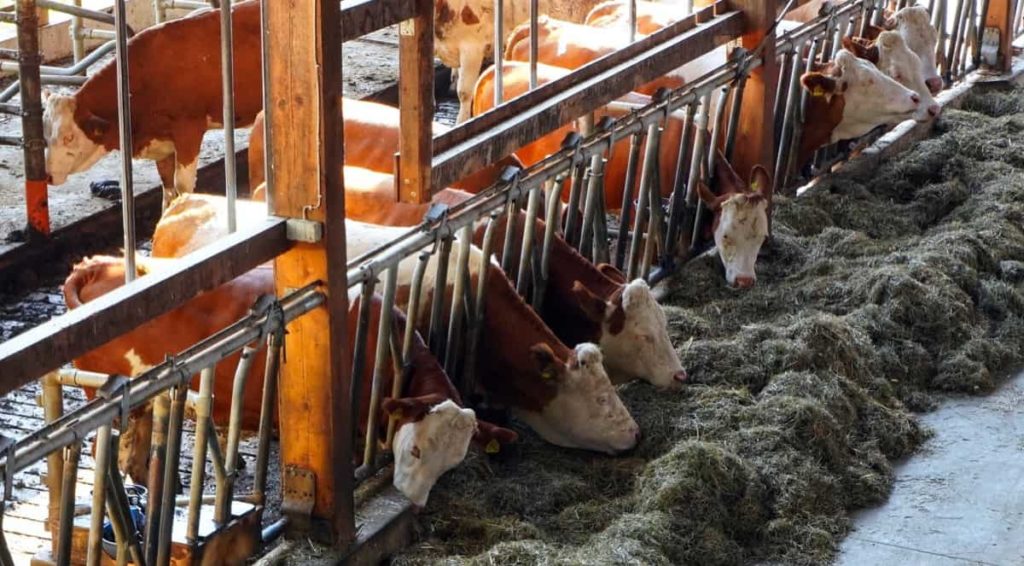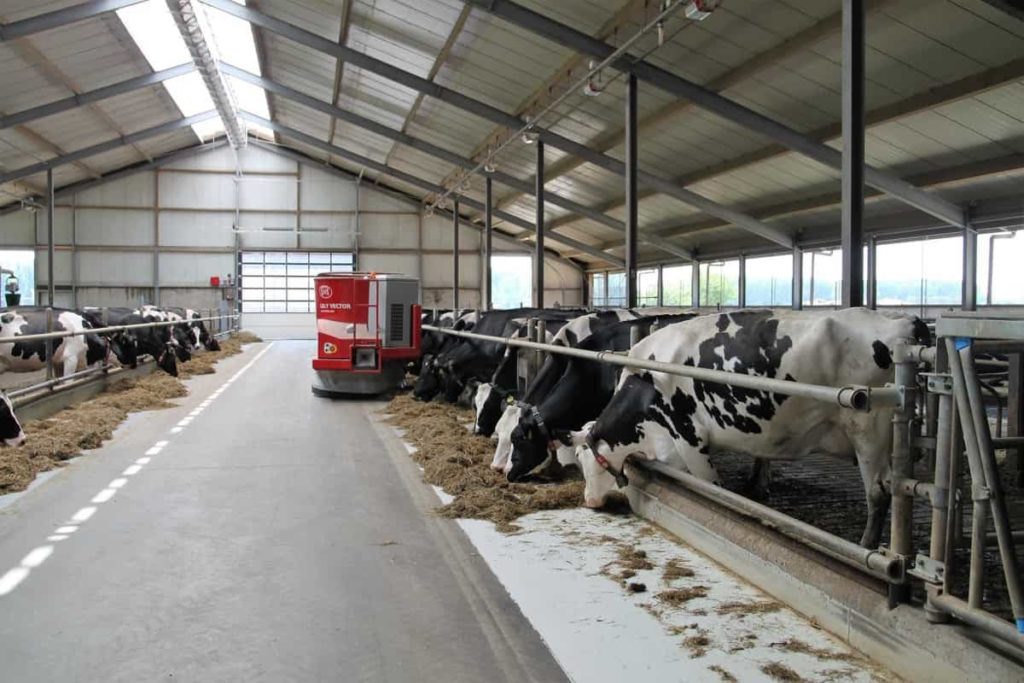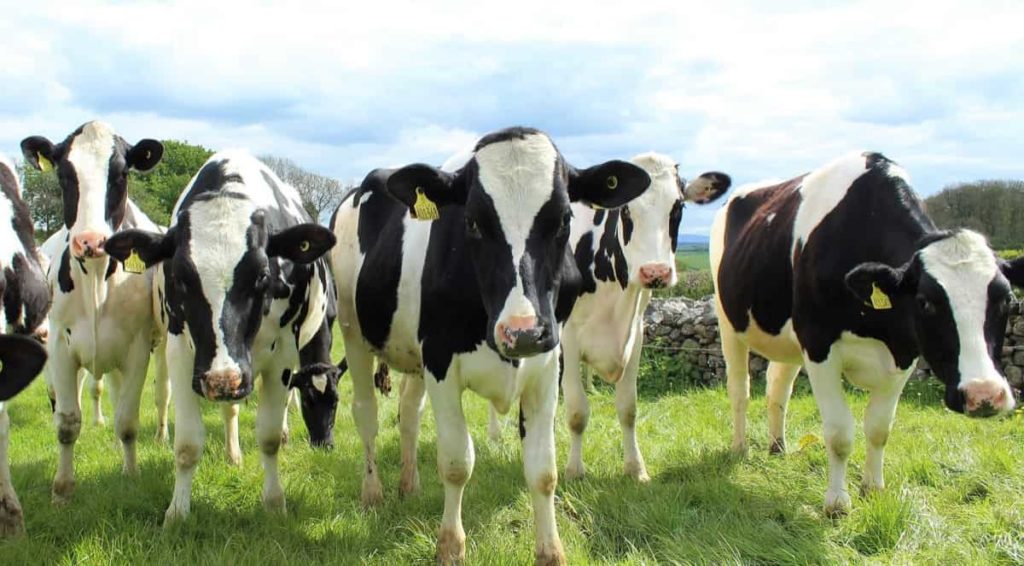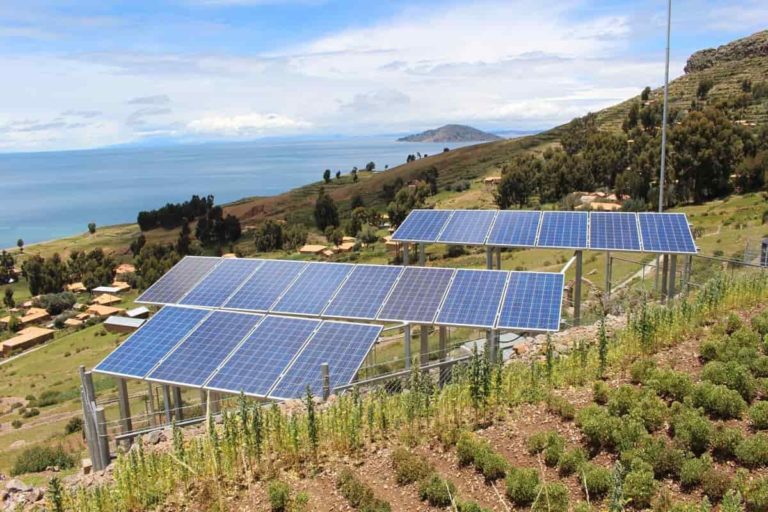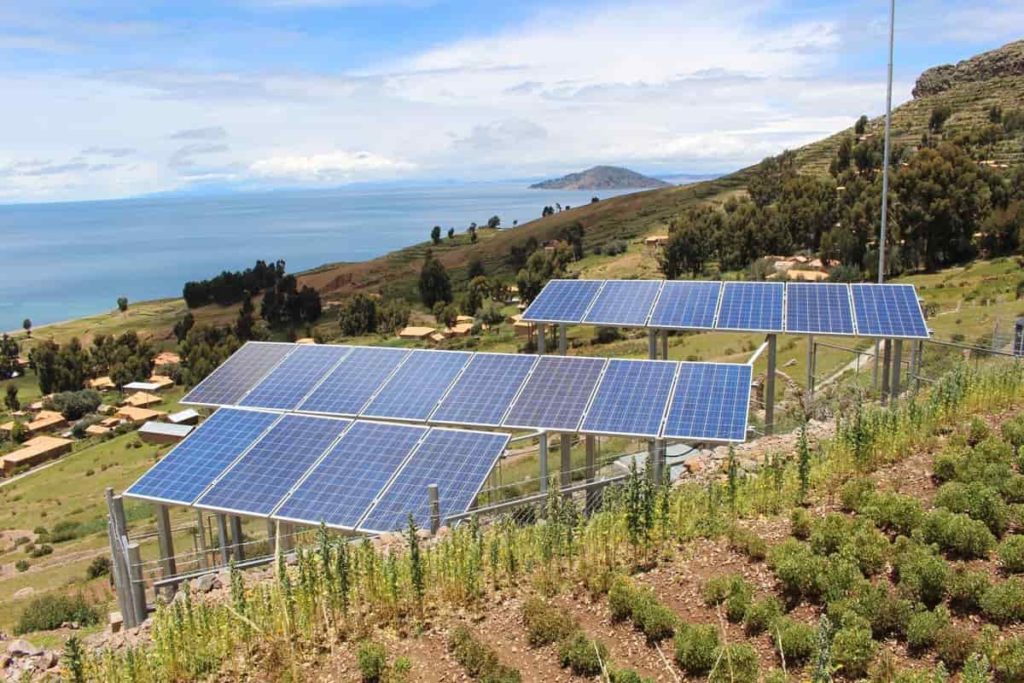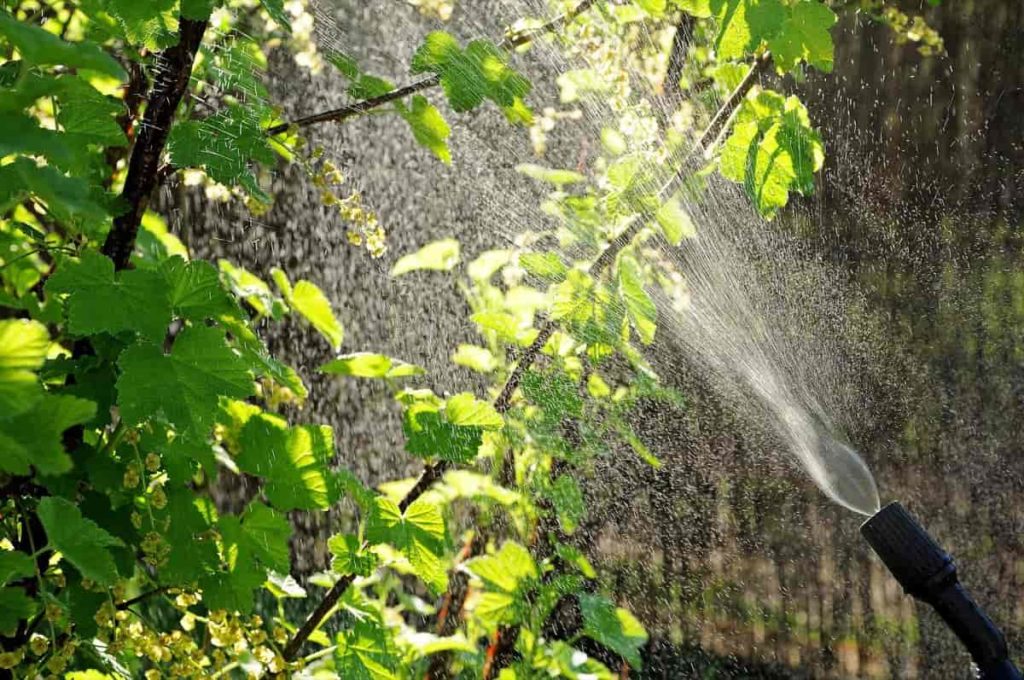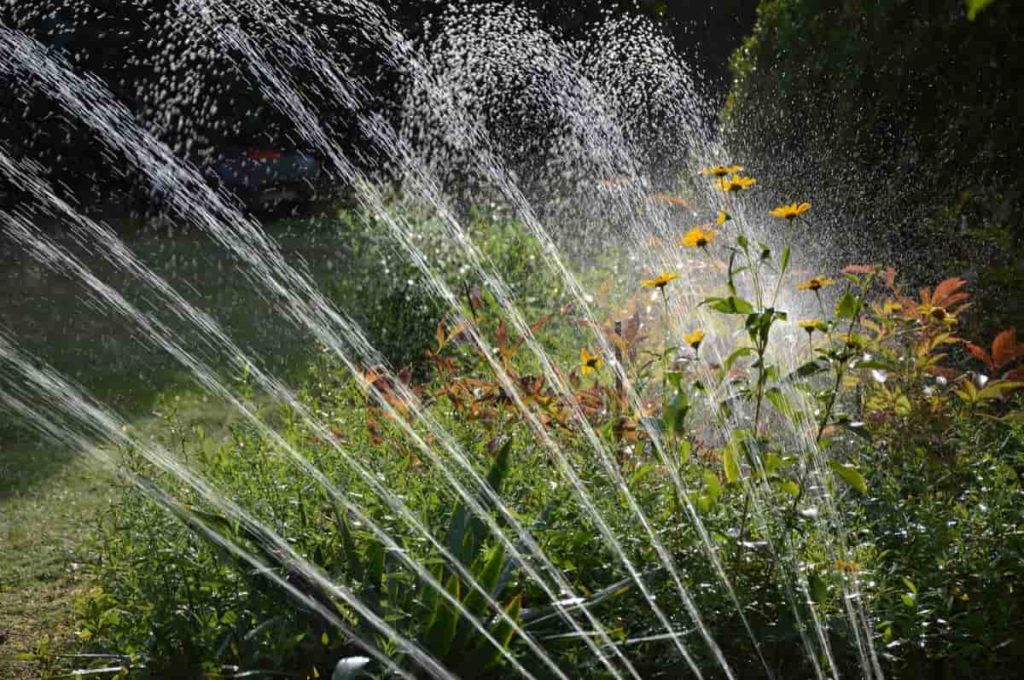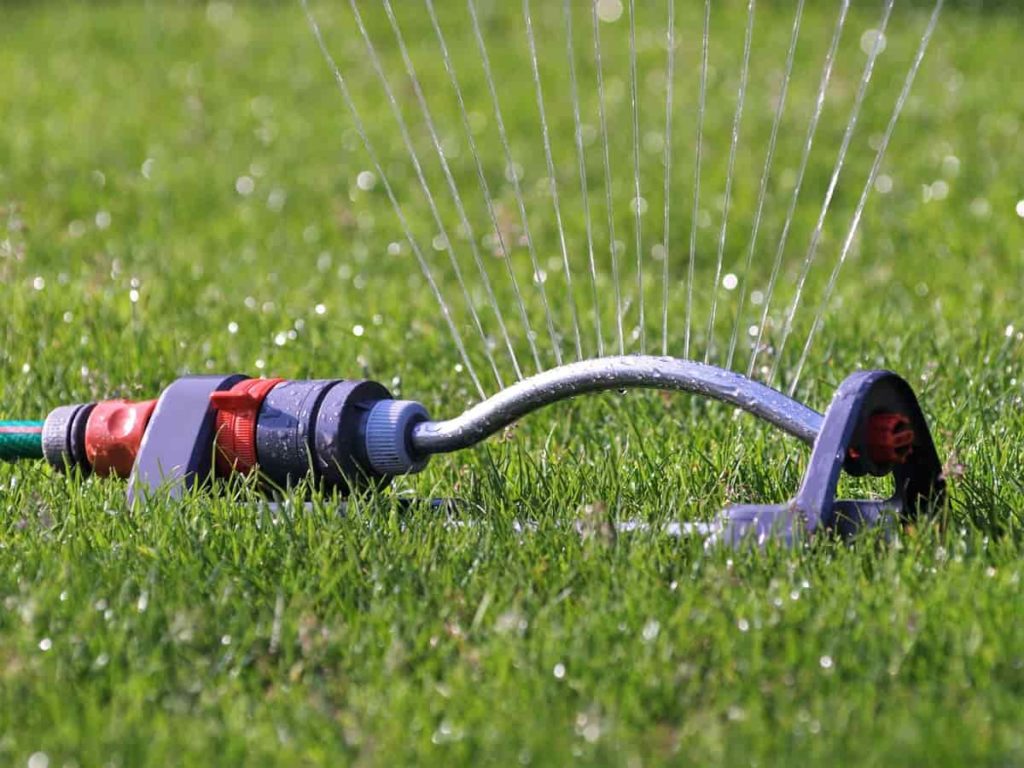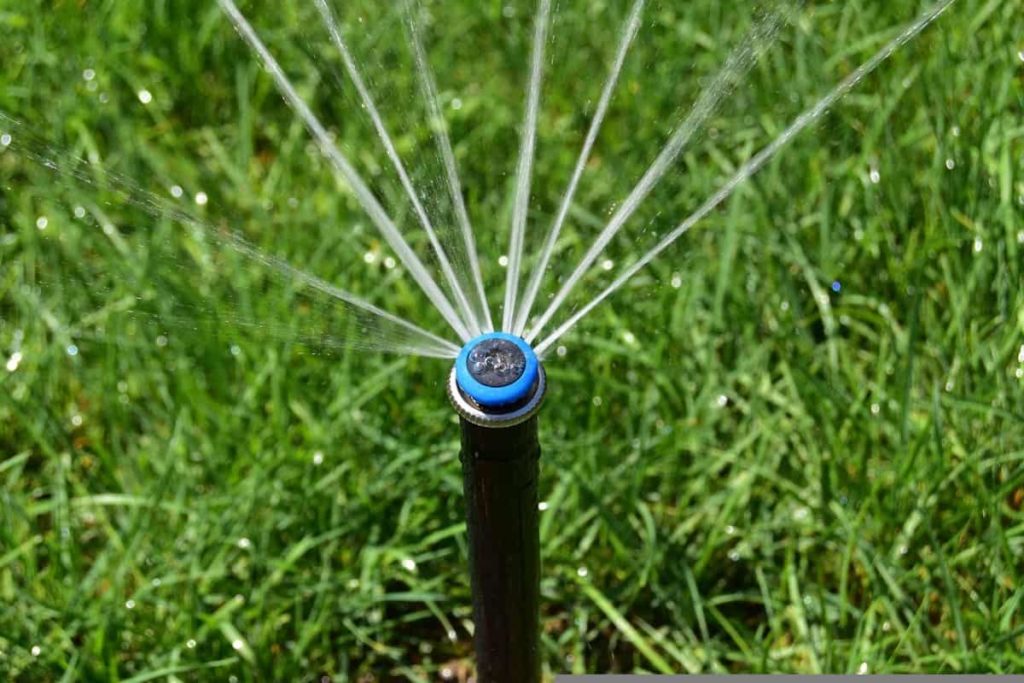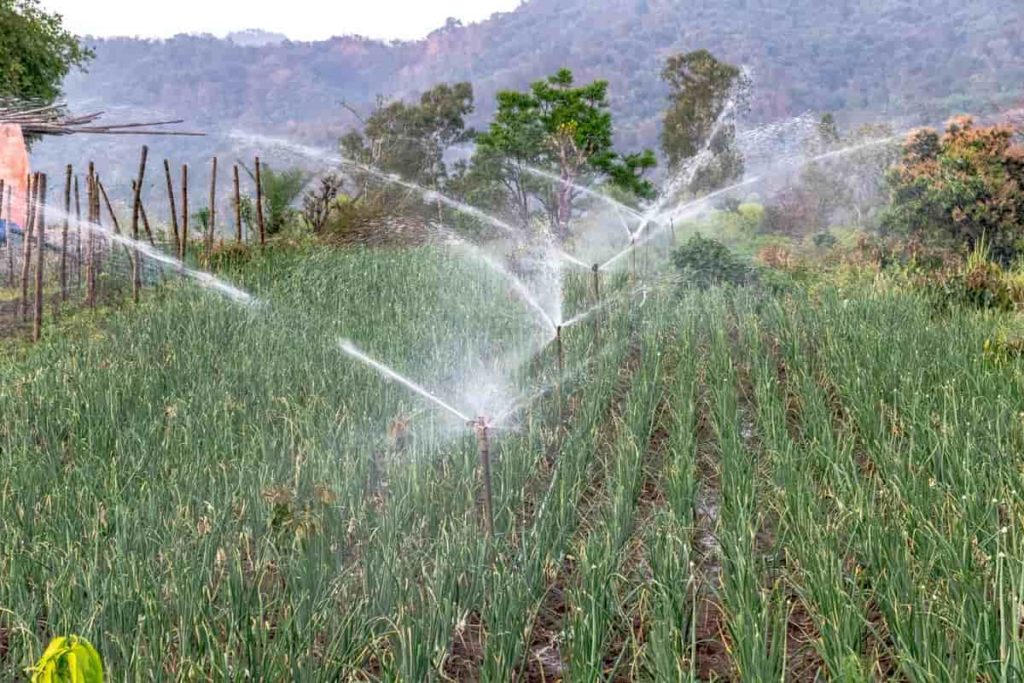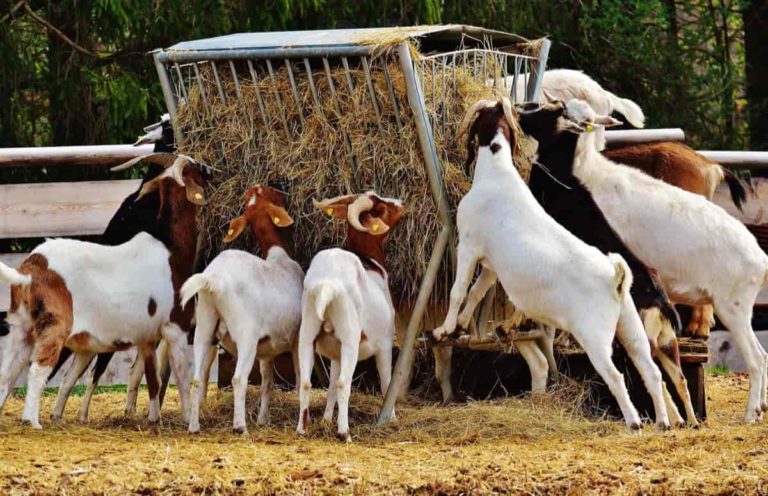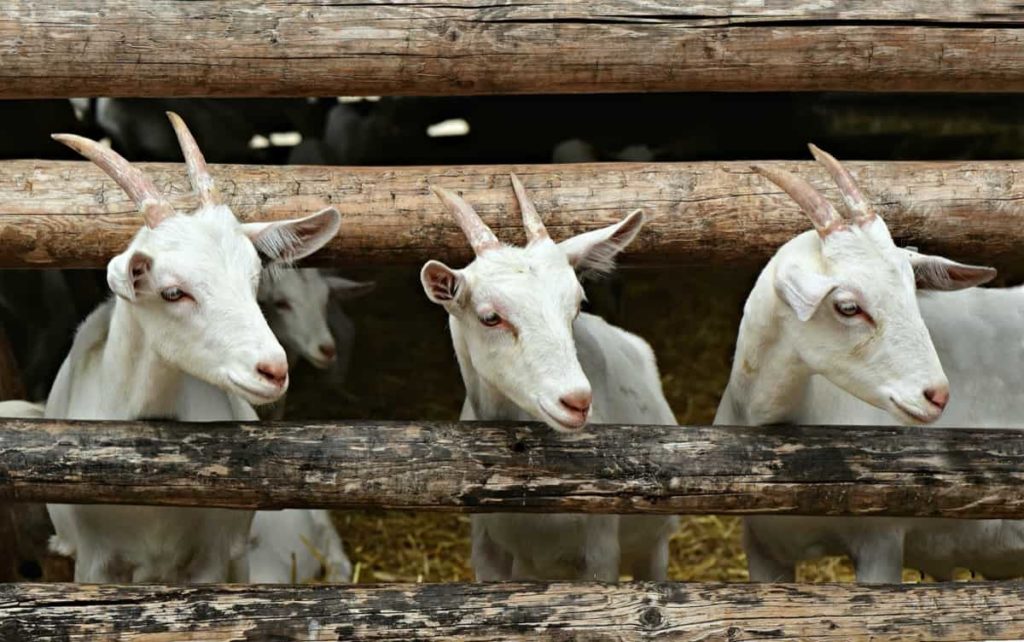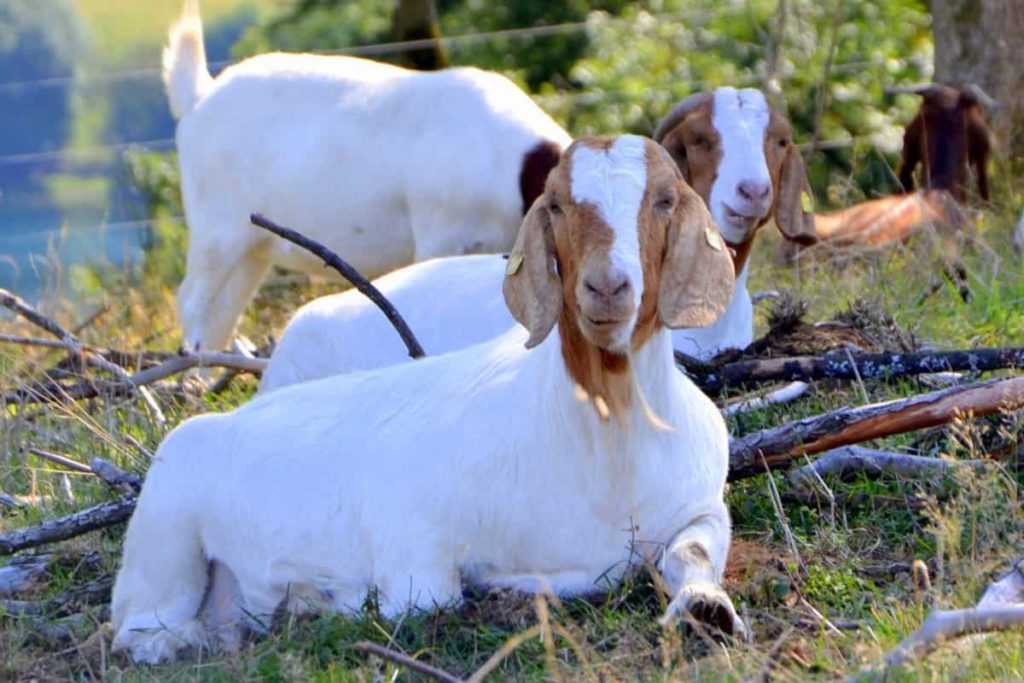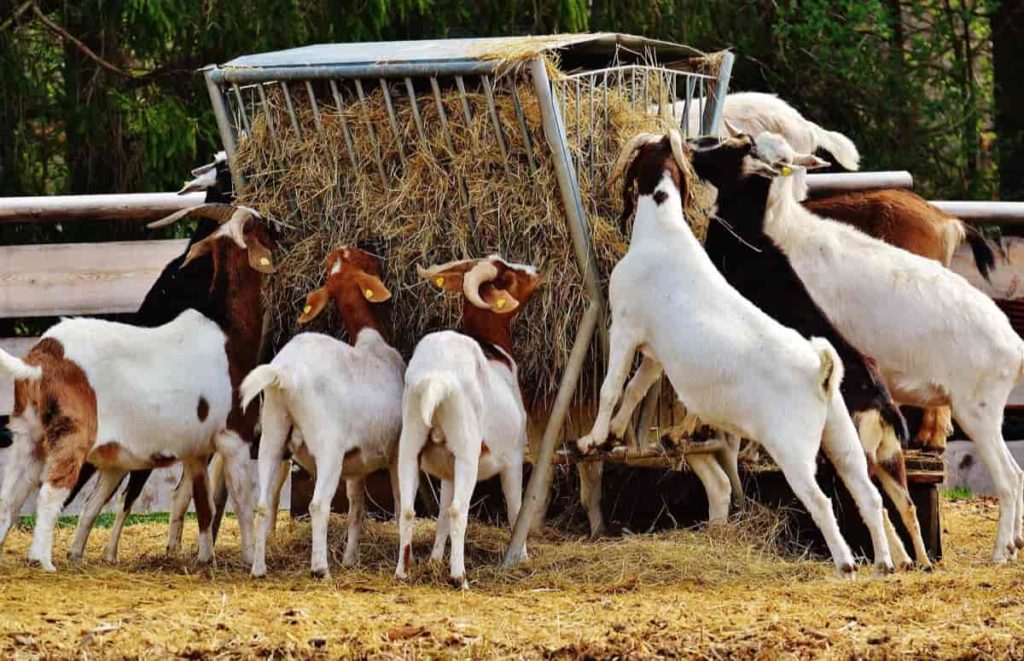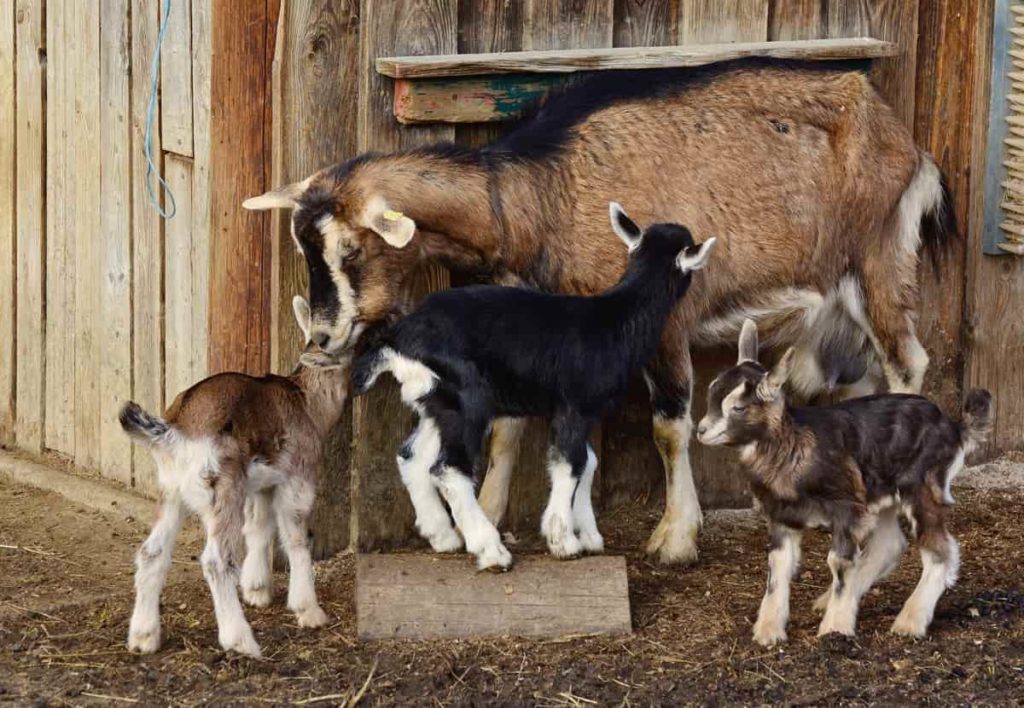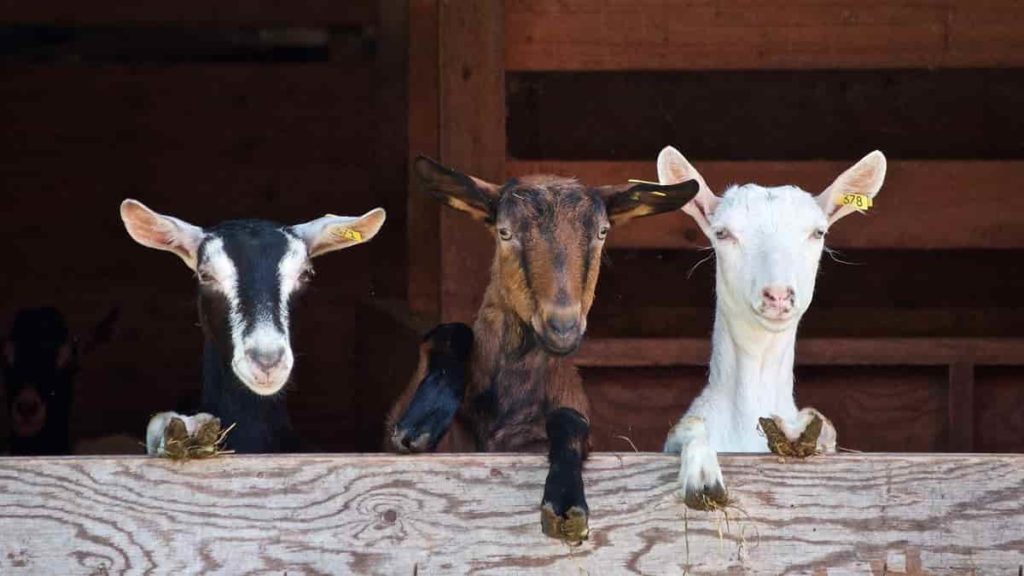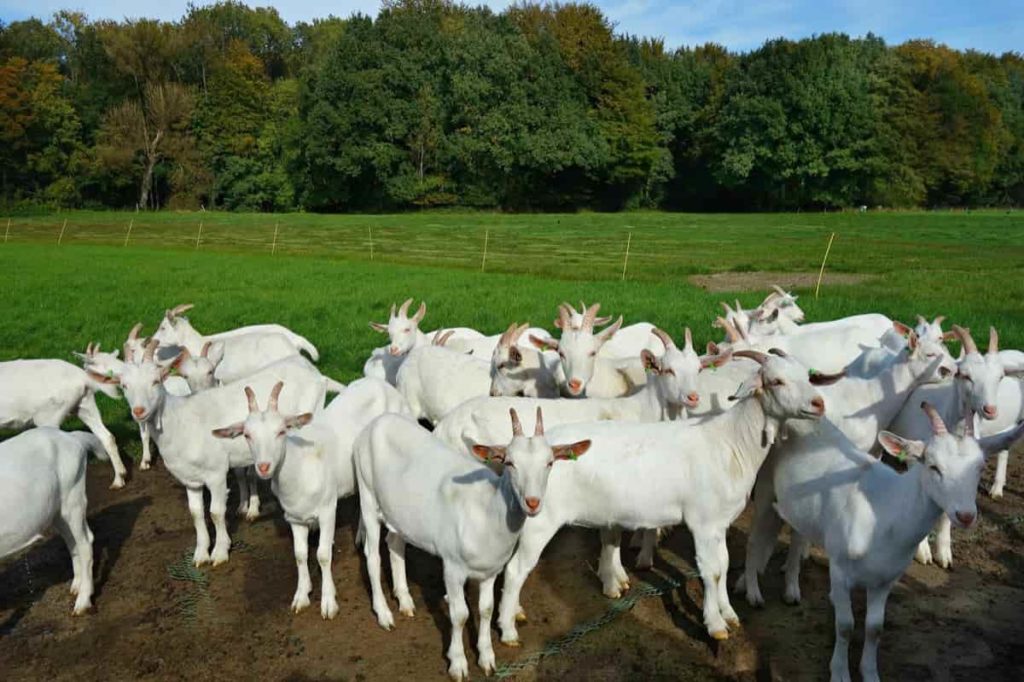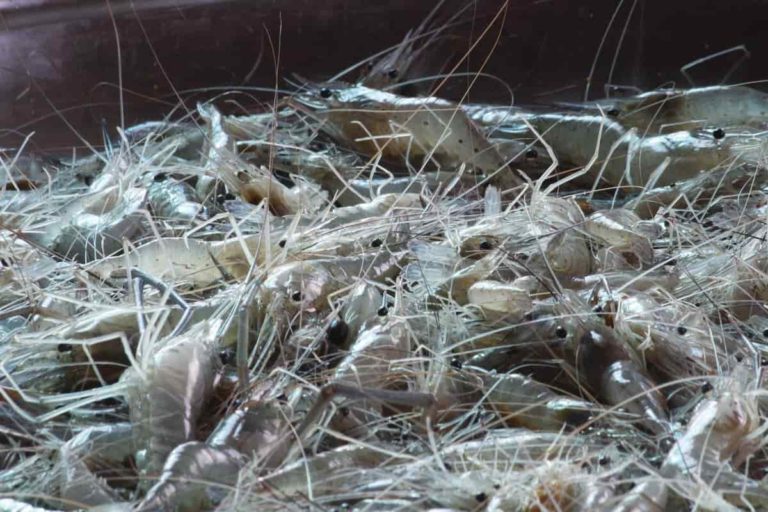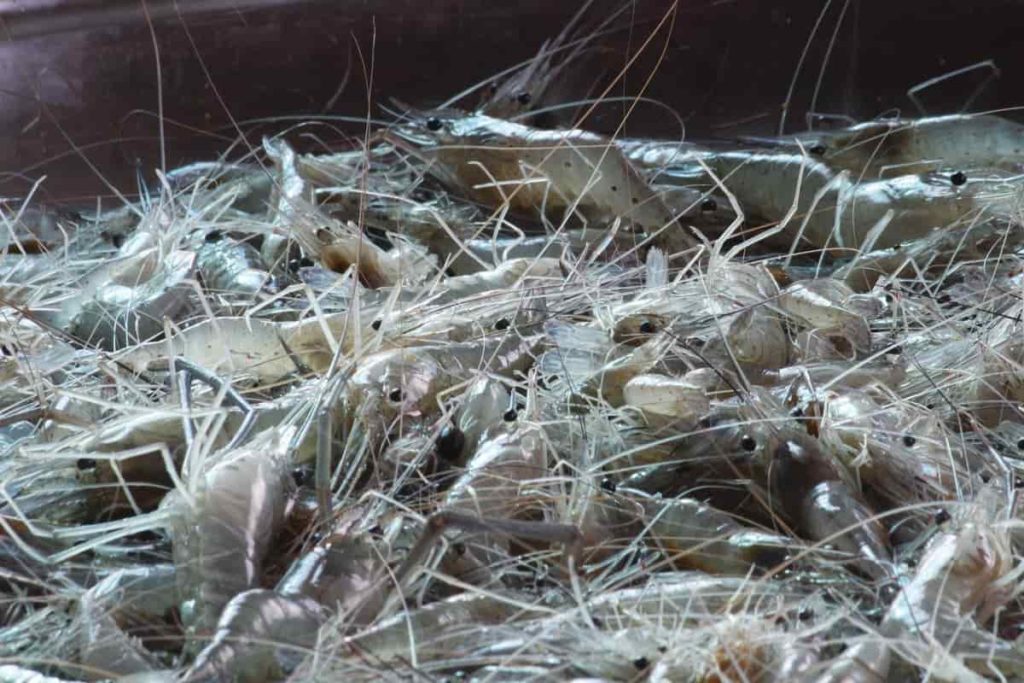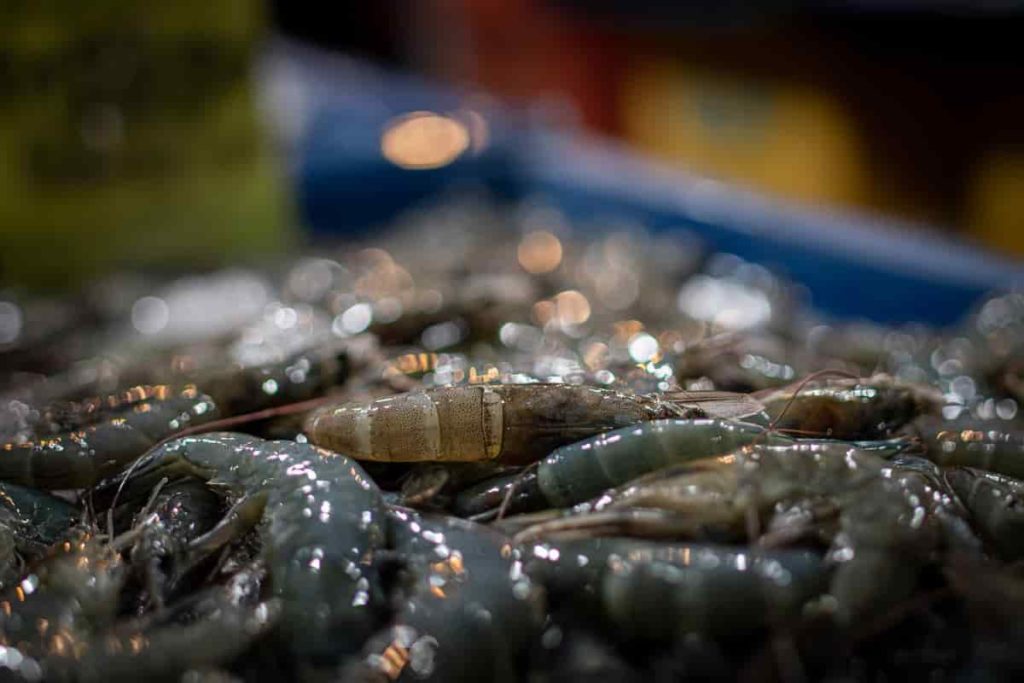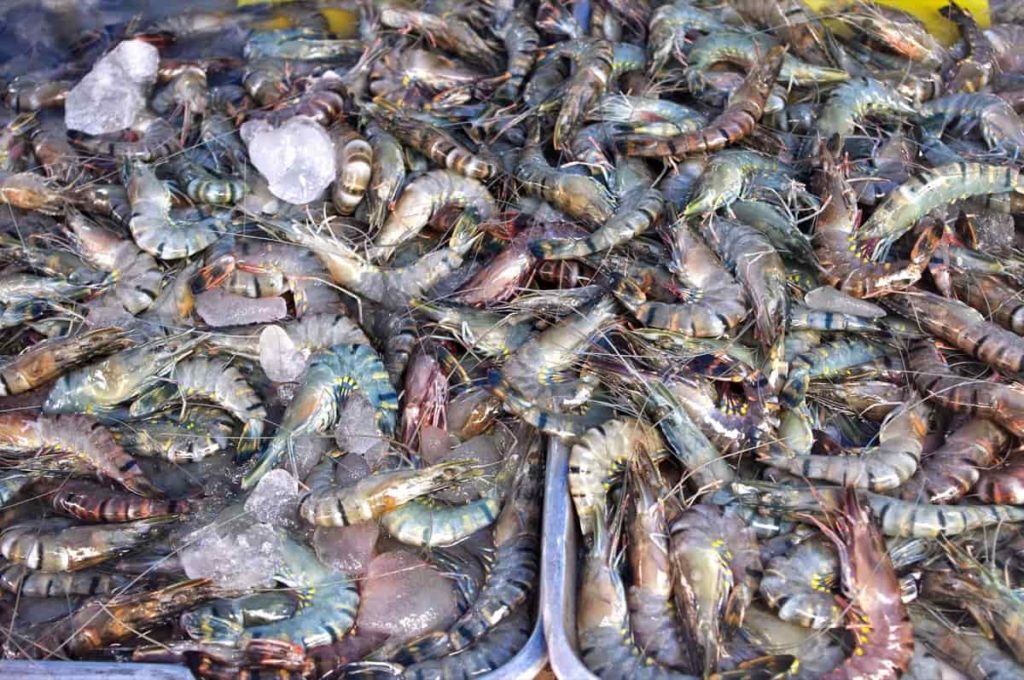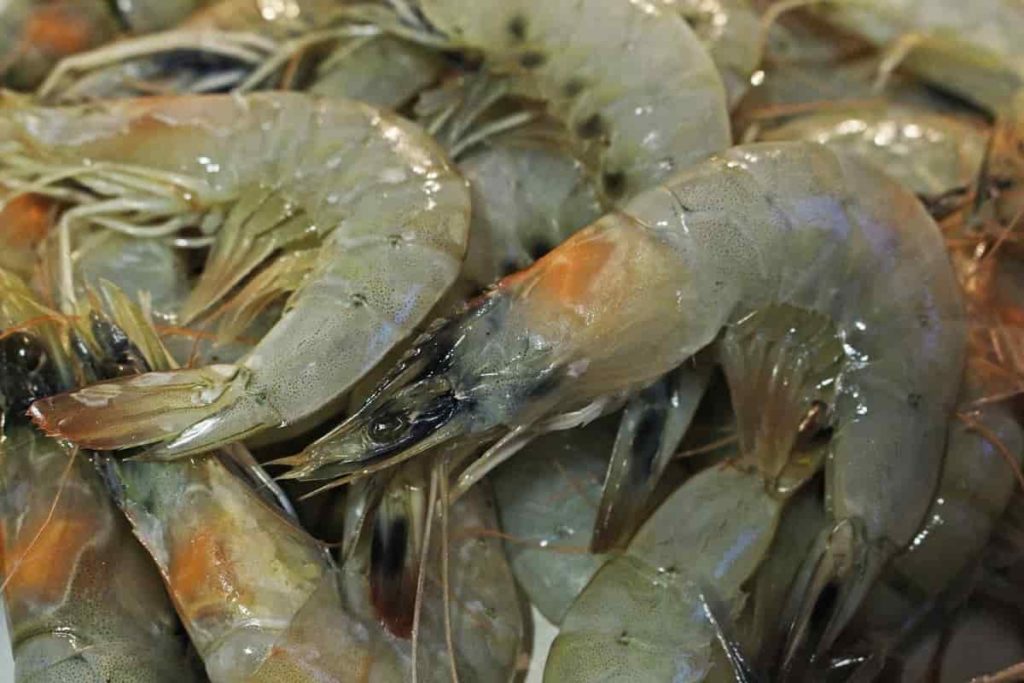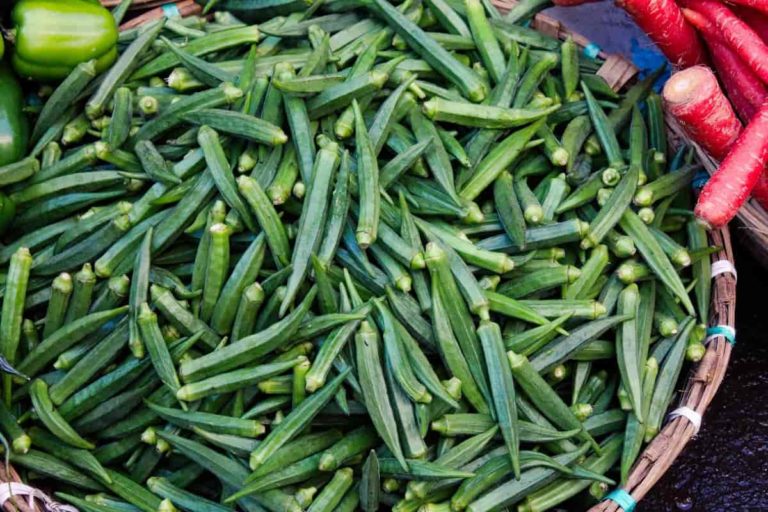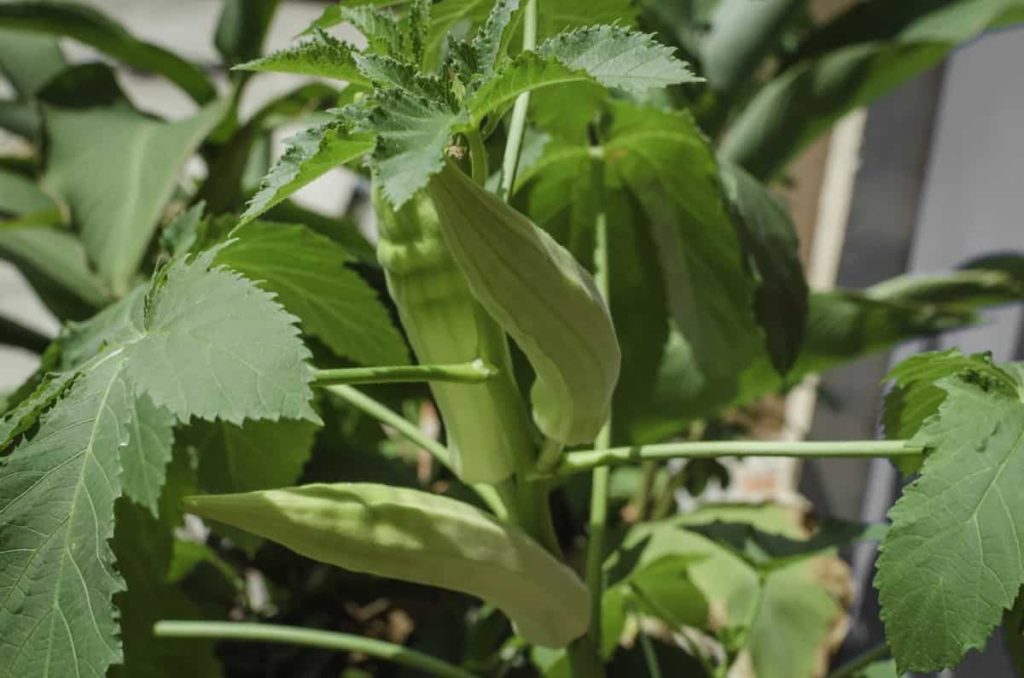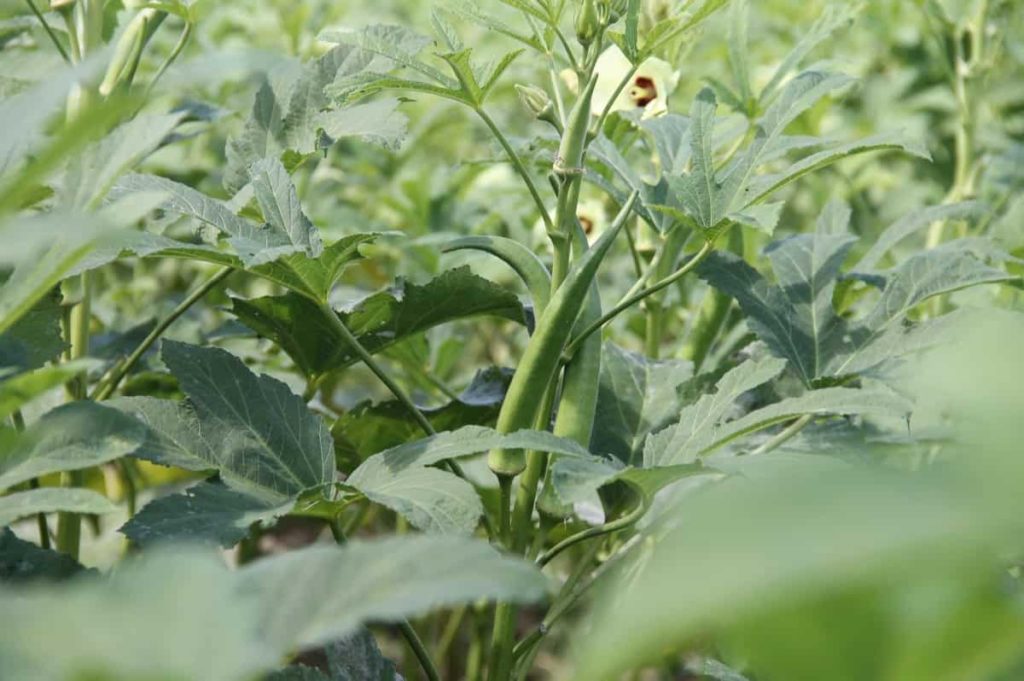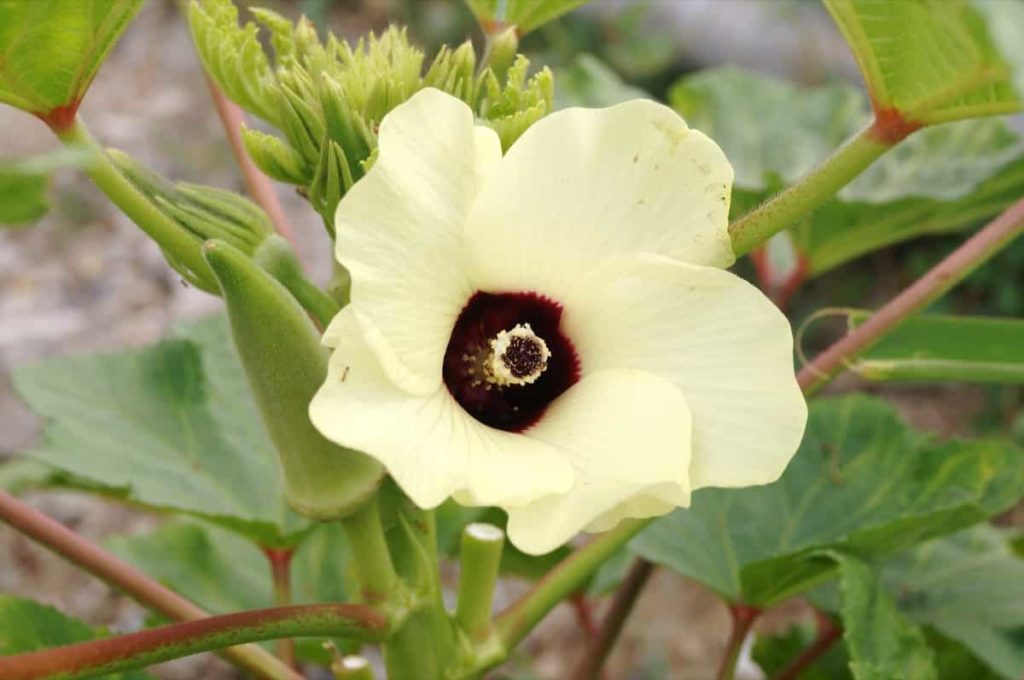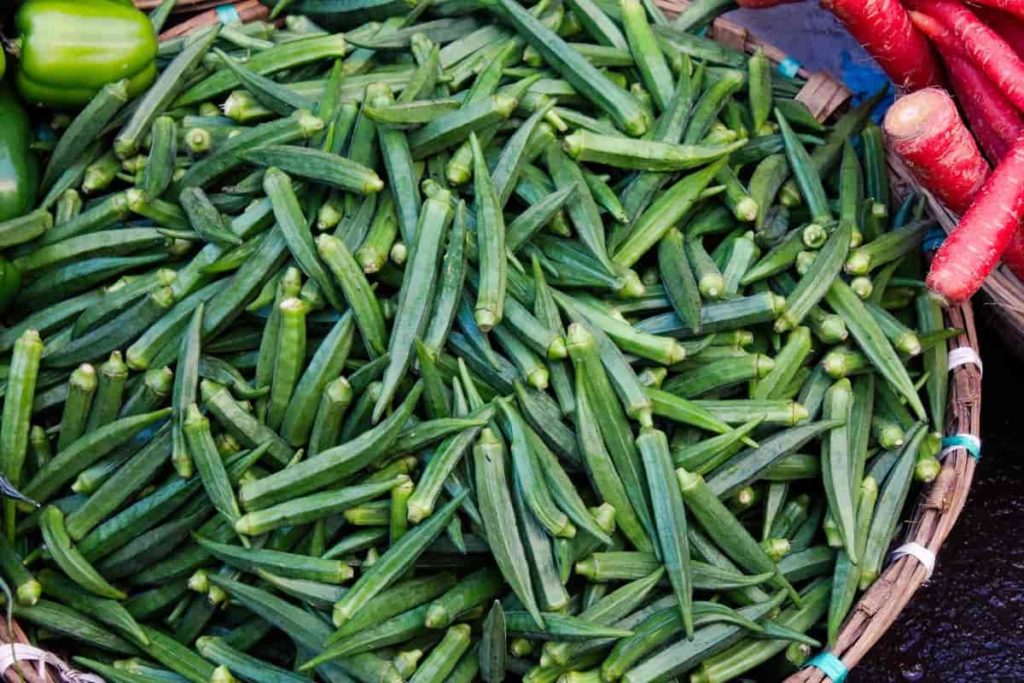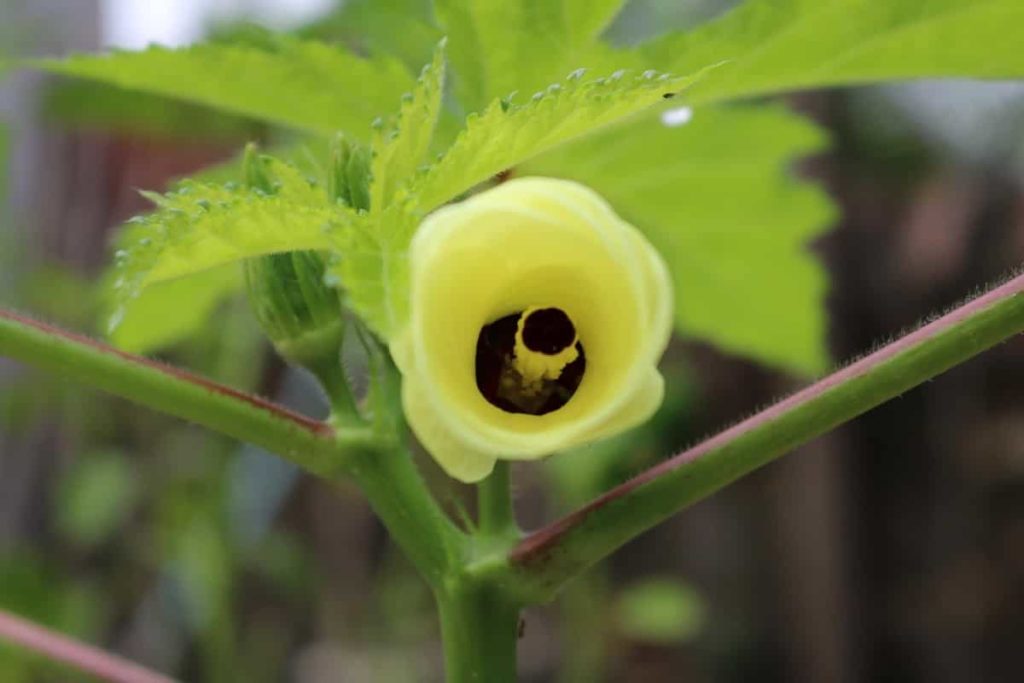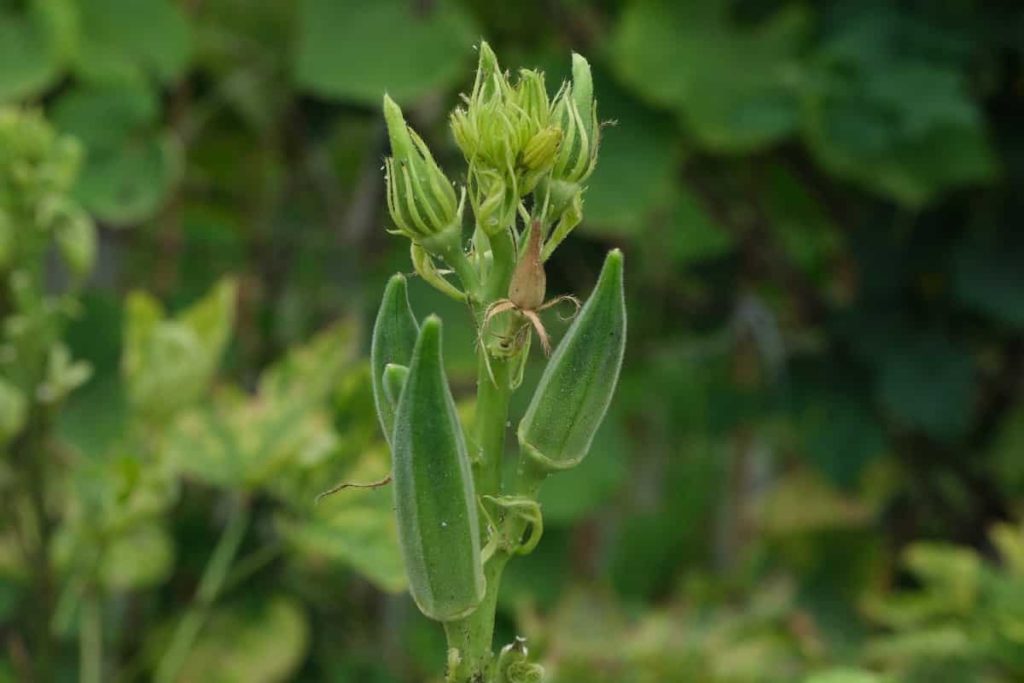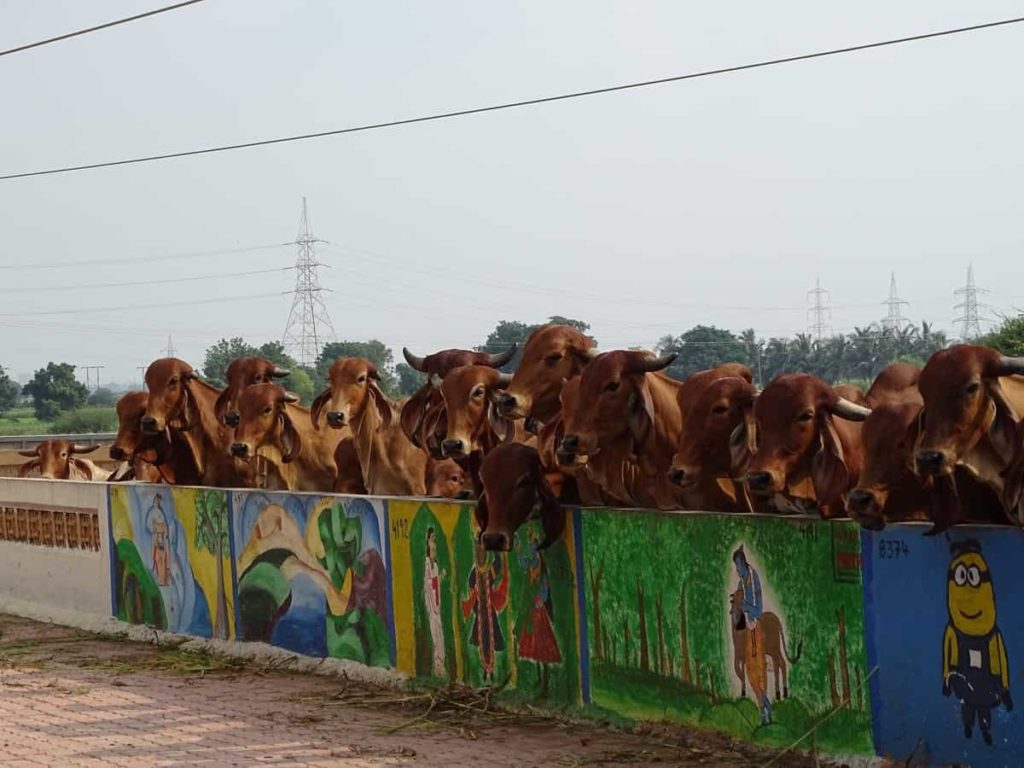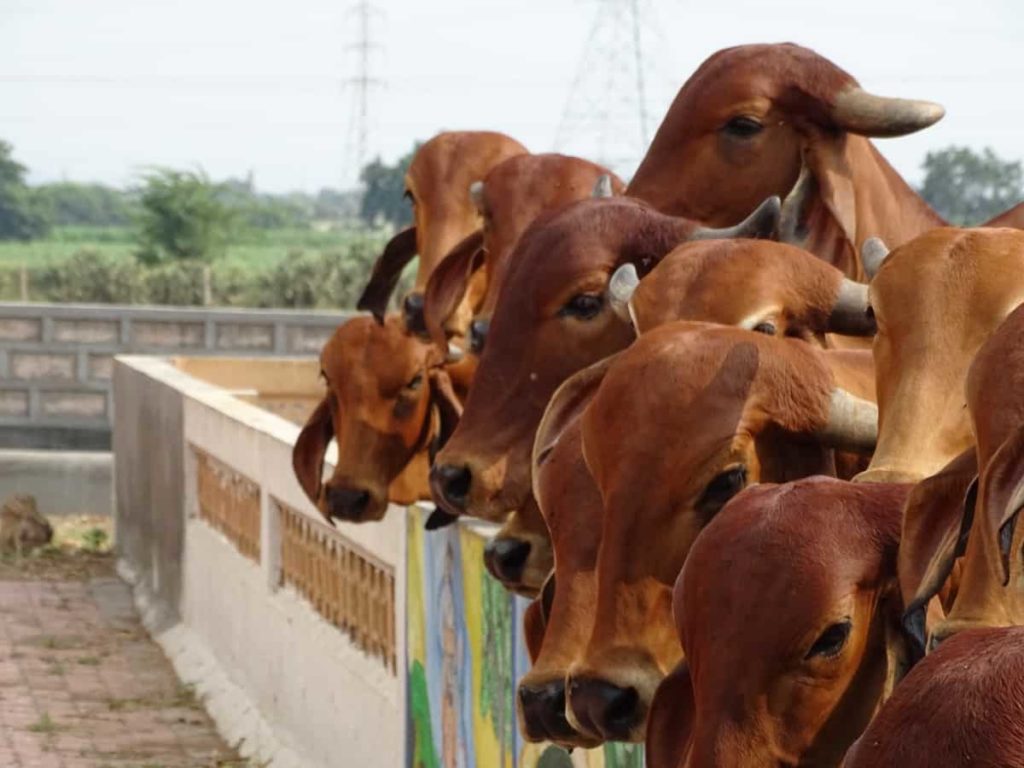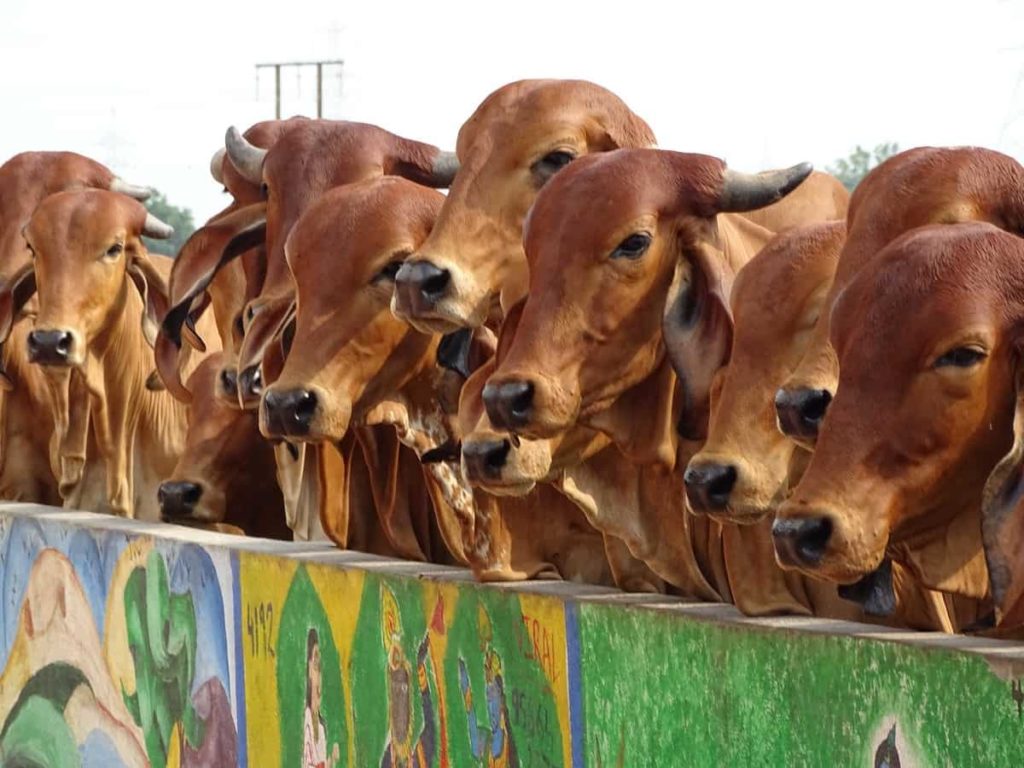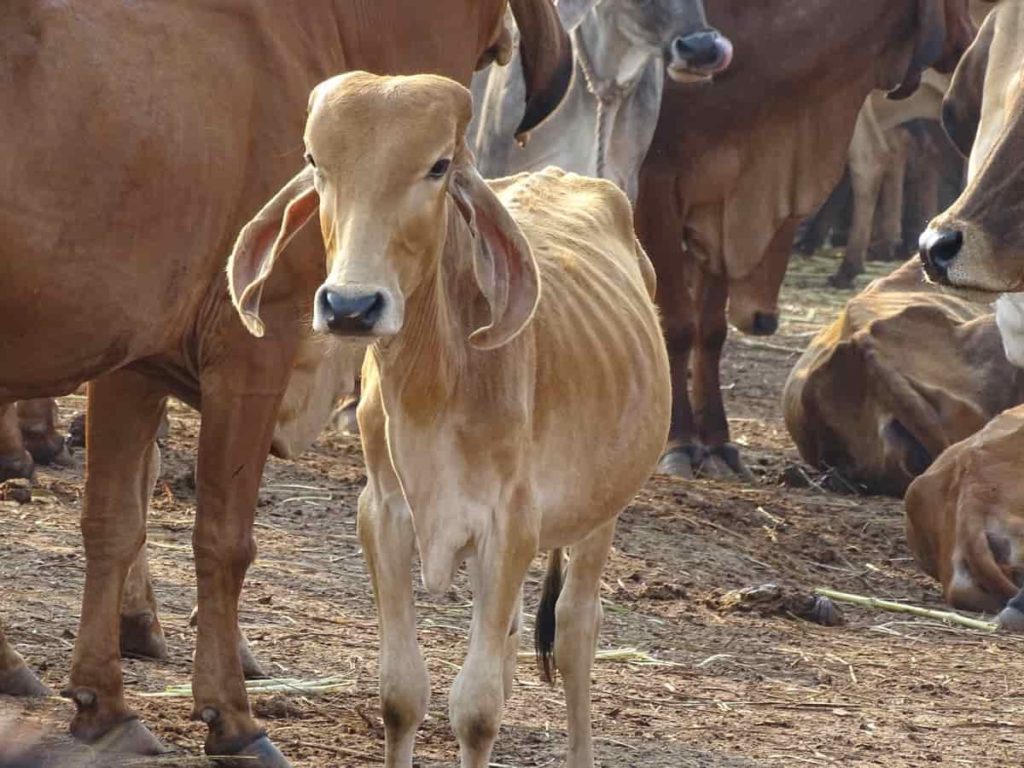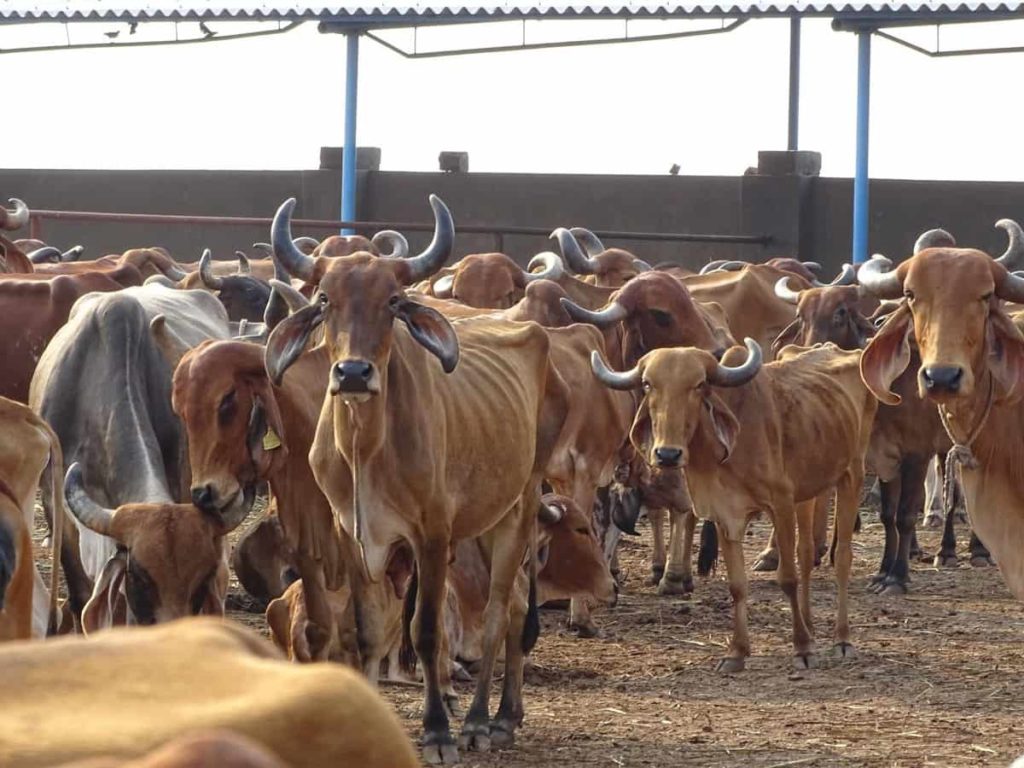Bee farming is such a fun and rewarding experience that most beekeepers, especially new beginners, wonder if they can make a full-time income. Becoming a full-time beekeeper requires a lot of experience, money, planning, and bee management strategies. Bees generally convert the nectar of flowers into honey and store this honey in the hive.
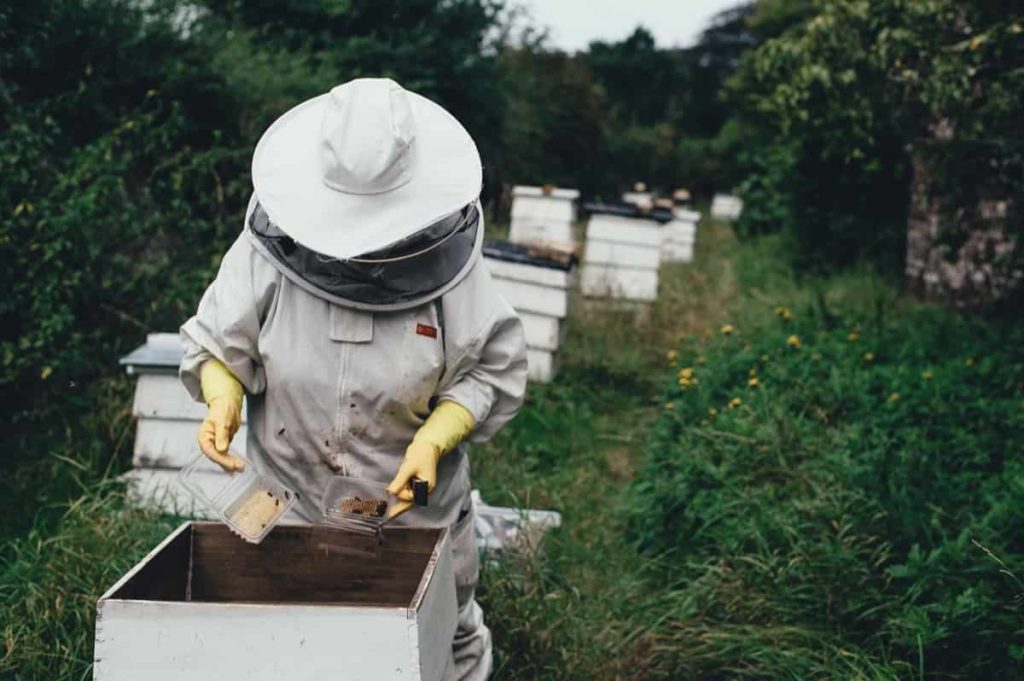
Farmers are earning money by starting this business, and the productivity of farming increases due to pollination. But, after facing constant losses in them, farmers have turned to the beekeeping business. So let’s move on to learning more about bee farming.
How to start Honey bee farming/Beekeeping from scratch
How do I start a beekeeping business?
Make sure you know how you can start your own beekeeping business. As mentioned, a farmer who begins beekeeping needs technical knowledge. So, the farmer or entrepreneur should work with farmers already keeping bees in the area for a few months. You can also get a certificate for this business from a reputed training institute.
Best place for bee farming business – You should choose a suitable place to start a honey business that is dry. High humidity affects bee flying and honey ripening. Therefore, there must be a natural or artificial source of water on site. Bees can be housed in shade trees, or artificial arrangements can be made to provide shade.
Manage the pollination bee – As we all know, bees make honey by taking pollen and sap from plants. Therefore, the farmer needs to keep bees near such fields so that they can leave the plants. Pollen and sap can be easily obtained. Consequently, it is advisable to establish bee colonies in areas with at least 10% flower area.
Bees free from pests and diseases – If a farmer or entrepreneur expects good returns from his bee farming business, he must protect his hives and the organisms that produce the products. Therefore, the trader should try to keep them away from pests and diseases. Generally, wax bugs, ants, wasps, wax beetles, birds, trachea mites, parasitic mites, varroa destroyers, bee mites, brood mites, etc., are common pests.
Bee harvesting – Harvesting products in older and top bar hives requires the grower to select hives that contain honey with a thin layer of beeswax close to the nest’s exterior. Honey is extracted from the super hive section with the help of honey extractors.
What is the most common type of bee?
- Indian Hive Bees (Apis Cerana Indica)
- Rock Bees (Apis Dorsata)
- Little Bees (Apis Florea)
- European and Italian Bees (Apis Mellifera)
- Dammer Bee or Stingless Bee (Tetragonula erydipensis)
What things should be kept in mind during beekeeping?
- Connect with the bees and learn about them practically in the area or region where you want to start this business. Get good beekeeping training.
- Assume that the farmer or entrepreneur has no experience working with bees. In this case, they should work with local entrepreneurs or farmers to get all the information about the beekeeping process.
- Next, the entrepreneur must create an effective plan for using the equipment and selling the product.
- While making a bee farming business plan, just set realistic goals and start small in the initial stage.
- When you get some experience in the honey business, you can also think of bigger projects. However, the equipment that can be used in this project and the species of bees that should be kept depending on the local situation.
- Traders or farmers working on a beekeeping project should identify a local agent to sell the products in advance. Besides this, Ayurvedic pharmaceutical companies, local bakers, candy makers, and many others can be major honey consumers.
In case you missed it: How this Woman Made 2 Lakh per Month from Beekeeping: A Success Story of Honey Bee Farmer
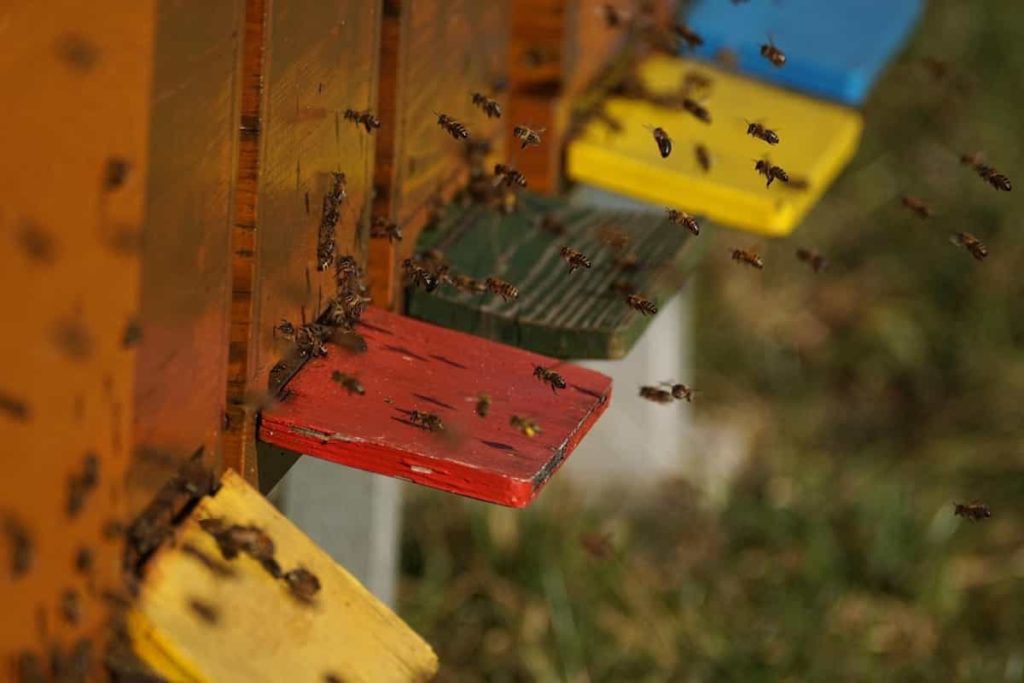
Is commercial beekeeping a profitable business?
- Beekeeping can be very profitable, and growers with 300 or more hives are considered commercial beekeepers.
- Commercial beekeepers move their colonies to provide pollination services to farmers and provide their bees with abundant nectar sources for honey production.
- The high demand for nutritious products is driving growth as people become more aware of the benefits of maintaining a healthy lifestyle.
What is the most important reason for beekeeping?
By pollinating trees, shrubs, and herbaceous plants, bees are important in producing food for all the other animals and birds in forest ecosystems that depend on them for edible berries, seeds, and fruits. There are several reasons for starting bee farming, including:
- Honey is probably the obvious answer – Beekeepers want to produce fresh honey. A single bee can produce about 1/12 teaspoon of honey in its lifetime (about 6 weeks), and with a colony containing thousands of bees, it can grow rapidly.
- Beeswax is also a popular product that comes from bees. In general, bees produce wax from special glands on their abdomen. Wax builds up in the honeycomb and becomes the structure of their home. It is mainly used in candle-making and cosmetics. Many creams contain beeswax.
- Pollination: If you want better yields from your gardens and orchards, bees can help. Beekeeping ensures better pollination of flowering plants. It means more food for you and the wildlife. Bees are the heroes of pollination efforts in the modern agriculture sector. Though, the role of native bee species cannot be overlooked.
How much land is required for beekeeping?
- Colonies are recommended at 3 per hectare for Italian bees and 5 per hectare for Indian bees.
- Beehives face east/southeast, away from the surface, and are located near water sources, nectar, and pollen. In addition, they should be easily accessible in the working room. Other considerations include afternoon shade, winter ventilation, protection from neighbors, good airflow, and drainage.
How many bees do you want to start a colony?
It’s probably two or three cupfuls bees. It’s probably 100 to 200 bees in a very small space.
How many bees do you need to make a profit?
- A full-time living as a beekeeper would require at least 500+ bees. It will take a diversified approach and not rely solely on honey production.
- Growing slowly is recommended to gain experience and scale properly by applying sound bee management techniques.
How many beehives can one person manage?
- The next logical question when considering beekeeping as your full-time occupation is how many hives of bees a person can manage.
- The number of colonies one person can effectively run depends on whether you focus on honey production, beekeeping, or other profitable practices.
- One person working full time can manage 100 to 150 hives. As a full-time beekeeper, a person can manage a colony of 500 to 800 bees but will still need seasonal workers to help harvest the honey.
- If you only keep bees for honey production, it becomes difficult for one person to manage many hives. Managing bees for honey production is a much more time-consuming and difficult task than raising and selling bees.
- Additionally, honey production requires a lot of expensive equipment and supplies when you scale your fish meat. If your primary focus is raising and selling bees, it’s easier to manage while still working full-time.
- Experienced beekeepers often successfully manage colonies of 100-150 bees while maintaining a full-time job. But it takes time to gain experience, grow your bees, and build a market to sell them.
- Honey production takes longer and requires more equipment than keeping and selling bees. However, the following figures will give you some idea of what is possible regarding beekeeping for profit. As a part-time hobby, a person can manage 25 hives without careful planning or time management.
- An experienced beekeeper who focuses on beekeeping for sale can manage 100 to 150 beehives and still have a full-time job. However, if you are keeping bees for others or renting out your bees for pollination services, you can also manage many hives part-time.
- Full-time beekeepers can manage colonies of 400 to 600 bees but will need seasonal workers to help harvest the honey.
In case you missed it: Honey Bee Farming Project Report, Cost, Profits
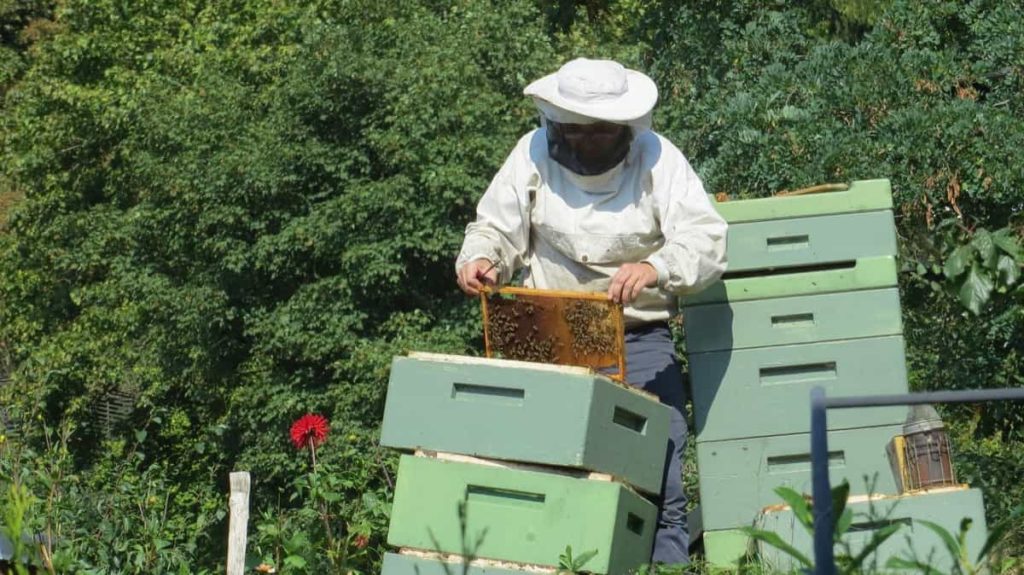
When is the best time to start bee farming?
- Spring is the best time to start your beekeeping journey in most areas.
- As the winter season ends, the increase in forage makes it the perfect environment for new hives to thrive.
- Also, expanding colonies have the easiest time for a bee colony to build its colony.
How do you start beehive for beginners?
- Start your beekeeping education and learn some basics.
- Find a suitable location for the bees.
- Estimate your budget.
- Order your bees.
- Choose the hive type and order it.
- Buy basic beekeeping tools.
Once you have decided on the hive type, you will want to buy it, but you will also require some bee tools, protective clothing, and feeding equipment.
What is beekeeping called?
- The science and art of bee management, known as apiculture or beekeeping, is a centuries-old tradition. The first beekeepers were hunters who sought out wild bee nests, which were often destroyed to obtain the sweet prize, called honey, for which the insects are named.
- Apiculture or bee farming is keeping and maintaining bees and their hives.
- A beekeeper is also called an apiarist, and the entire colony is called an apiary. Beekeeping has grown in popularity recently, and raw honey, beeswax, and royal jelly products are in high demand.
How many bee hives does it take to make a living?
- If you are a beginner in beekeeping to make a full-time income, you must find the conditions for starting a bee farming business.
- Not everyone has the same income needs or beekeeping goals, and the number of bees needed to make a living varies greatly from one beekeeper to another.
- Some beekeepers need only a few hives to make a living because they are good marketers and understand the retail market well.
- Many experienced beekeepers will have a few hives but make money selling beekeeping supplies and providing training.
- Other beekeepers focus on raising and selling bees, thus creating a profitable business. However, if your goal is to profit only from honey production, you will need beehives, equipment, and land and bee management.
Can you begin a beehive without buying bees?
- It is common for new beekeepers to wonder if bees will return to an empty hive.
- However, if you can attract a swarm of bees to the hive, you won’t need to buy bees, to begin with. Yes, you can attract bees to an empty hive with a little effort and time.
How much does it cost to maintain a beehive?
The minimum cost to start bee farming with one beehive is about $760 for the first year. A set of hive components costs about $270. A package of bees is about $175. Protective gear and basic equipment cost $165, while miscellaneous costs for supplies and sales tax are about $150.
In case you missed it: Honey Bee Farming Information Guide
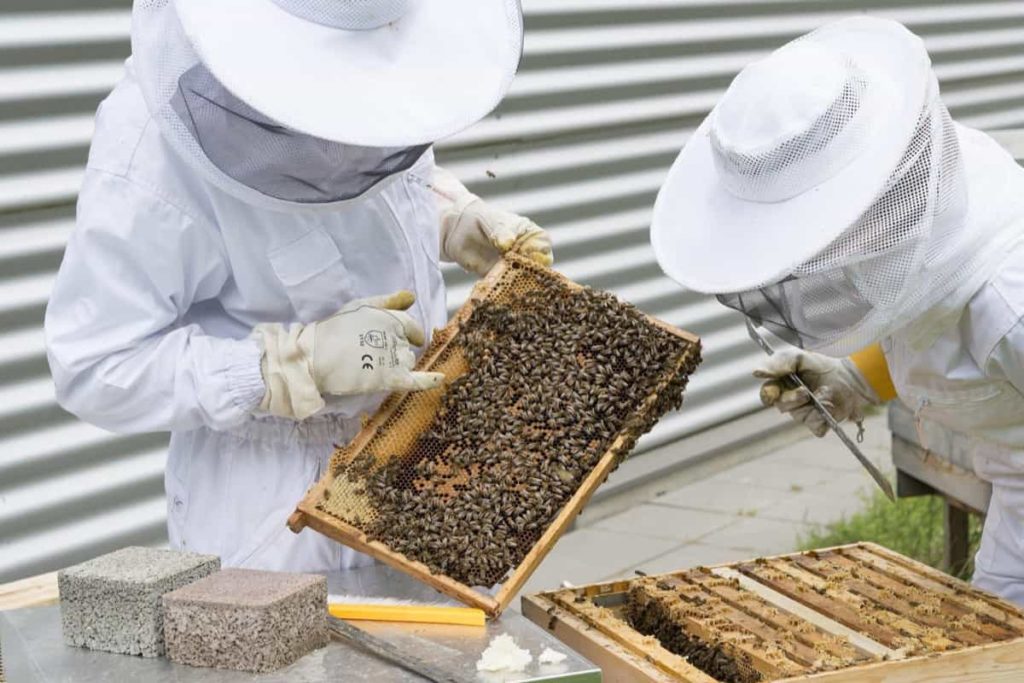
How many times harvest honey from a hive in a year?
Harming honey two to three times per season in a healthy, productive hive is normal. Most beekeepers will harvest honey between June and September, but how much honey you get depends on several factors.
How do you attract bees to a beehive?
- Determine when the bee season is
- Buy or make a bait hive
- Apply the lure
- Position your bait box
- Wait for the bees to move in
What to know before starting a beehive?
- Why do you want to keep bees?
- Is keeping bees legal
- What does it cost to keep bees?
- Where are you going to put them?
- How long will they take?
- Get neighborhood help
- Which equipment is best for you?
How long do honey bees take to produce honey?
- It takes about 550 bees 2 to 3 weeks to produce one pound or 454 grams of honey. Honey bees take approximately 2 to 3 days for a strong colony of bees to fill 10-frame honey super with honey during a strong nectar flow.
- The amount of time a bee colony takes to produce honey is subject to factors such as colony strength, weather conditions, mite levels, and time of year.
Which direction should a beehive face?
- Face the hive entrance away from prevailing winds.
- If you are starting beekeeping in the Northern Hemisphere and for the Southern Hemisphere in the North, face the entrance in the South direction.
What equipment is needed for beekeeping?
- The basic equipment required for extracting honey is a comb knife, honey extractor, honey strainer, wax melter, and storage containers.
- A beekeeper should choose equipment with the type and capacity best suits his needs.
Different geographical conditions can require different equipment for beekeeping. Therefore, which tools will be suitable for the entrepreneur, the entrepreneur can find out from the local beekeepers, although the following is a list of some of the tools.
- Hive stand
- Bottom board
- Hive bodies
- Painting
- Smoker
- Hive tool
- Protective wear
- Frames and combs
- Queen excluder
- Inner cover
- Outer cover
- Plastic hive equipment
What things should be kept in mind during bee beekeeping?
- Work carefully
- Inspect in good weather
- Wear protective gear
- Keep the hive clean
Is beekeeping a lot of work?
One source claims that the total time you spend with a hive comes to about 15-30 hours a year. Another says half an hour a week should be fine for a beginner. It depends on several factors, including your willingness to get out and do the right thing.
In case you missed it: Beekeeping Training Centers; Institutes in India
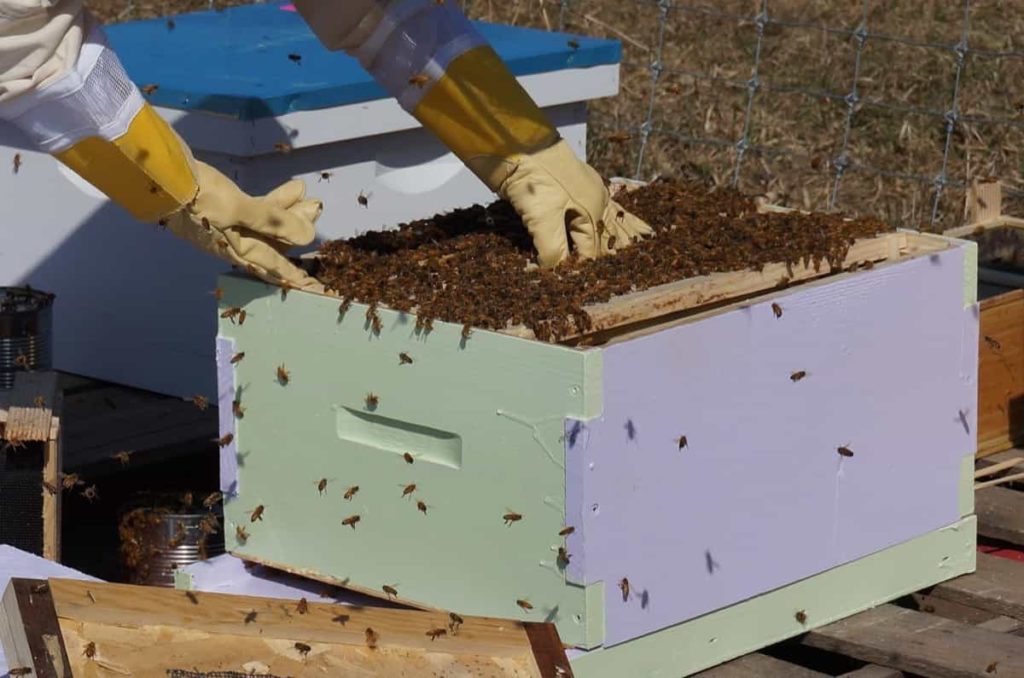
What do bees do in the winter?
Without blankets, fires, or adjustable thermostats, honeybees must stay close enough to stay warm (and alive) in the winter. When winter temperatures drop below 10°C, honeybees retreat to their hives and form a winter cluster to keep warm—such as a large three-month-old slumber party.
Why is beekeeping ideal for homesteaders?
- Homesteaders are looking for ways to be self-sufficient, and beekeeping is an ideal activity to take them one step further.
- Keeping bees not only provides delicious honey for home consumption. It also increases vegetable production, benefits the environment, and has the potential to generate additional income.
- Keeping a hive or two doesn’t require a lot of money or space, and it only takes half an hour a week to manage and care for two hives.
- If you’re a backyard gardener or farmer looking for a worthwhile project, consider beekeeping for fun and profit.
Can I harvest honey in the first year?
- The main reason most people keep bees is to harvest the delicious honey they produce, although some do so for environmental reasons. Regardless of why one is keeping bees, harvesting honey is probably the primary benefit for most. To that end, you’ll want to know how many times you can harvest honey from one hive each season.
- Hive size will affect honey production, but other factors will affect how much honey you get. The weather conditions and climate you live in and the surrounding plant life are all things to consider.
- You also need to consider problems that can affect the health of your hives, such as disease and pests. It depends on the health of your bees, their hive style, your location, the weather, and the forage available.
- You should never plan on harvesting in your first year, but you can expect to get anywhere from 25 – 100 pounds of honey from an established colony in a successful year.
- When considering a harvest schedule, you need to consider the weather conditions where you live. Consider when the weather typically turns cold and, consequently, when native plant life begins to die out. It is when your bees will stop collecting nectar and producing honey. So if you take honey too late in the season, you risk having too much to eat and too little to feed your bees during the barren winter.
What is the importance of beekeeping?
- Beekeeping helps provide pollination services, ensure crop production and maintain plant biodiversity in natural ecosystems. Beekeeping has positive environmental consequences.
- Honey bees mainly pollinate many flowering plants, thereby increasing the yield of certain crops such as sunflowers and fruits.
- Honey is delicious and highly nutritious food.
- Beekeeping can help low-income communities earn additional income from selling bee products to achieve sustainable development.
- Additionally, beekeeping helps to provide pollination services, ensure crop production and maintain plant biodiversity in natural ecosystems. Thus, beekeeping is an important agribusiness in India that promises good returns to farmers and helps increase agricultural production.
In case you missed it: Loans and Subsidies on Beekeeping in India (Apiculture)
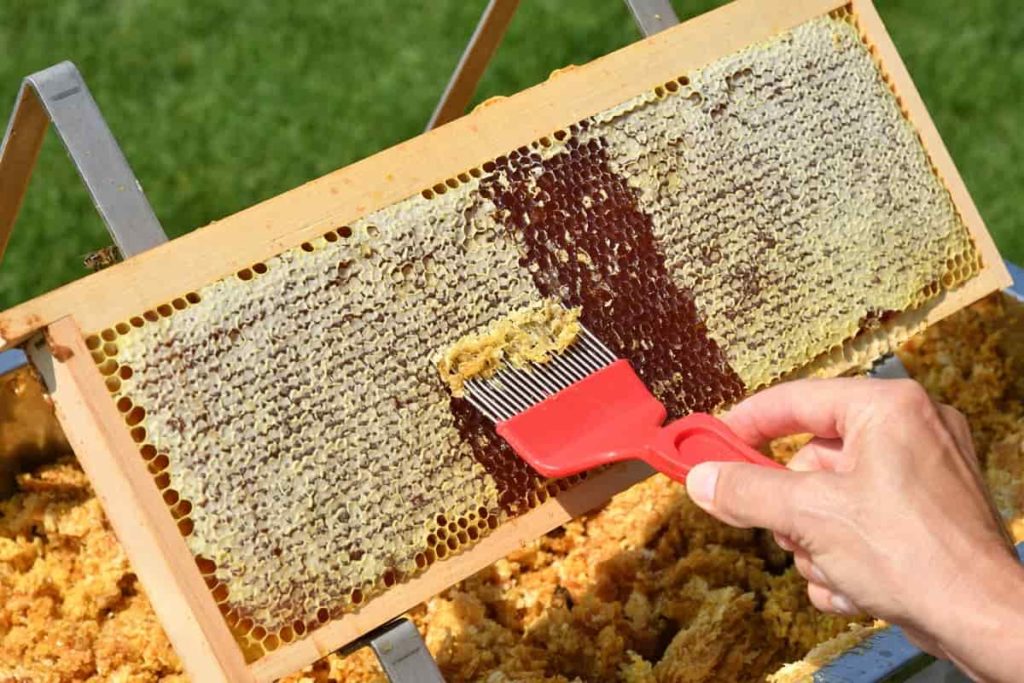
How does beekeeping businesses be beneficial to the farmers?
- Beekeeping or Apiculture can benefit the farming community significantly, so farmers should go for this supplementary agriculture business to earn a good profit.
- Bees support farming communities on a large scale by pollinating and pollinating flowers.
Conclusion
Beekeeping can be profitable, and selling honey to make money isn’t the only way to profit from beekeeping. Beekeeping is also a good source of income for farmers, especially when the crop is still growing. Here we will get important information about Bee farming which will surely increase profits.
- Types of Pesticides Used in Agriculture: A Beginner’s Guide
- Economical Aquaculture: A Guide to Low-Budget Fish Farming
- 15 Common Planting Errors That Can Doom Your Fruit Trees
- How to Make Houseplants Bushy: Effective Tips and Ideas
- Innovative Strategies for Boosting Coconut Pollination and Yield
- Pollination Strategies for Maximum Pumpkin Yield
- The Complete Guide to Chicken Fattening: Strategies for Maximum Growth
- Natural Solutions for Tulip Problems: 100% Effective Remedies for Leaf and Bulb-Related Issues
- Revolutionizing Citrus Preservation: Towards a Healthier, Greener Future
- Natural Solutions for Peony Leaf and Flower Problems: 100% Effective Remedies
- Maximizing Profits with Avocado Contract Farming in India: A Comprehensive Guide
- Natural Solutions for Hydrangea Problems: 100% Effective Remedies for Leaf and Flowers
- The Ultimate Guide to Choosing the Perfect Foliage Friend: Bringing Life Indoors
- From Sunlight to Sustainability: 15 Ways to Use Solar Technology in Agriculture
- The Ultimate Guide to Dong Tao Chicken: Exploring from History to Raising
- The Eco-Friendly Makeover: How to Convert Your Unused Swimming Pool into a Fish Pond
- Mastering the Art of Delaware Chicken Farming: Essentials for Healthy Backyard Flocks
- 20 Best Homemade Fertilizers for Money Plant: DIY Recipes and Application Methods
- How to Craft a Comprehensive Free-Range Chicken Farming Business Plan
- Brighten Your Flock: Raising Easter Egger Chickens for Beauty and Bounty
- How to Optimize Your Poultry Egg Farm Business Plan with These Strategies
- Subsidy for Spirulina Cultivation: How Indian Government Schemes Encouraging Spirulina Farmers
- Ultimate Guide to Raising Dominique Chickens: Breeding, Feeding, Egg-Production, and Care
- Mastering the Art of Raising Jersey Giant Chickens: Care, Feeding, and More
- Ultimate Guide to Raising Legbar Chickens: Breeding, Farming Practices, Diet, Egg-Production
- How to Raise Welsummer Chickens: A Comprehensive Guide for Beginners
- How to Protect Indoor Plants in Winter: A Comprehensive Guide
- Ultimate Guide to Grow Bag Gardening: Tips, Tricks, and Planting Ideas for Urban Gardeners
- Guide to Lotus Cultivation: How to Propagate, Plant, Grow, Care, Cost, and Profit
- Agriculture Drone Subsidy Scheme: Government Kisan Subsidy, License, and How to Apply Online
- Ultimate Guide to Raising Araucana Chickens: Breed Profile, Farming Economics, Diet, and Care
- Bringing Hydroponics to Classroom: Importance, Benefits of Learning for School Students
- Ultimate Guide to Raising Polish Chickens: Breed Profile, Farming Economics, Diet, and Care
- Ultimate Guide to Raising Australorp Chickens: Profile, Farming Economics, Egg Production, Diet, and Care
- Silkie Chicken Farming: Raising Practices, Varieties, Egg Production, Diet, and Care
- Sussex Chicken Farming: Raising Practices, Varieties, Egg Production, Diet and Care
